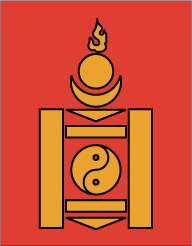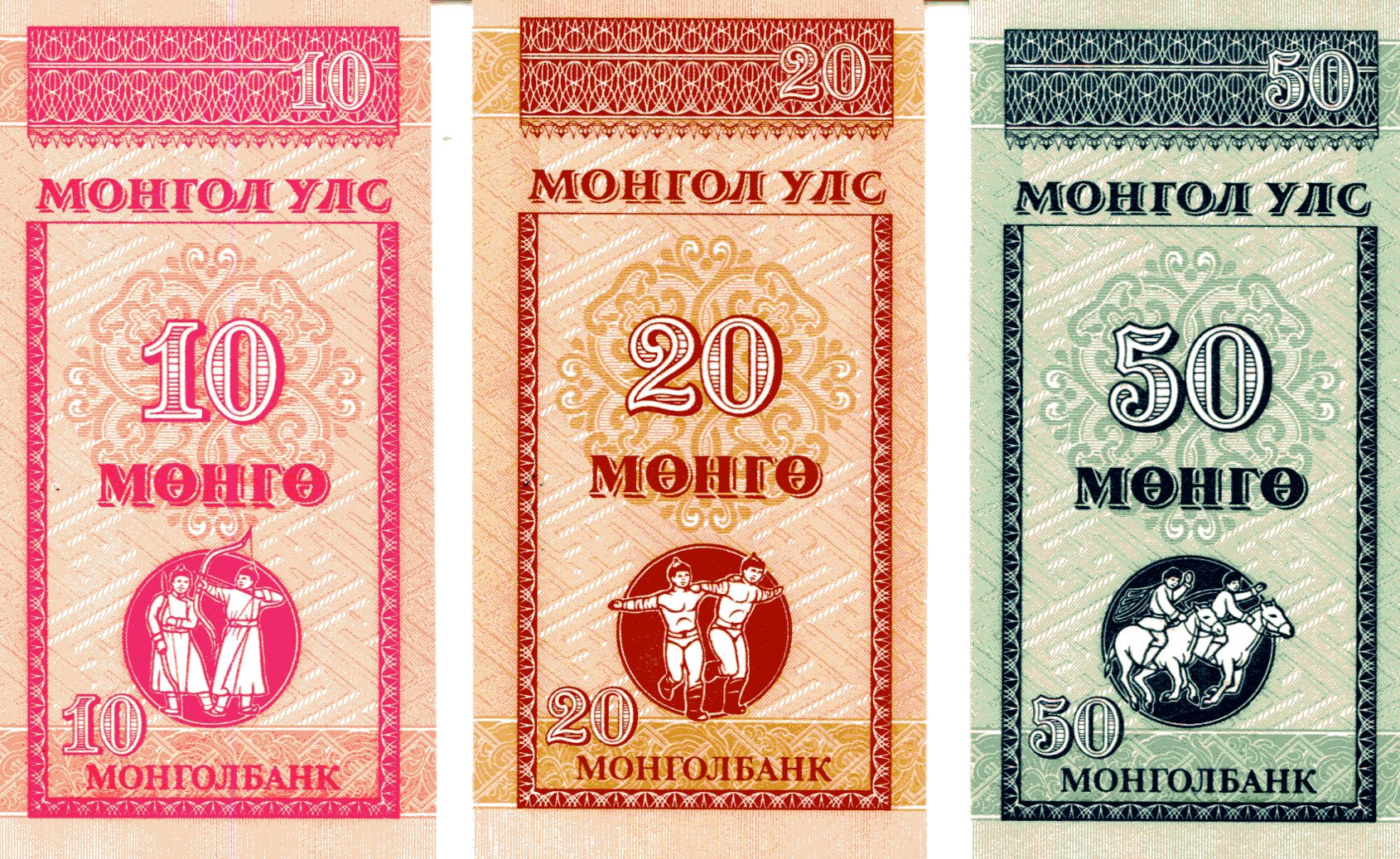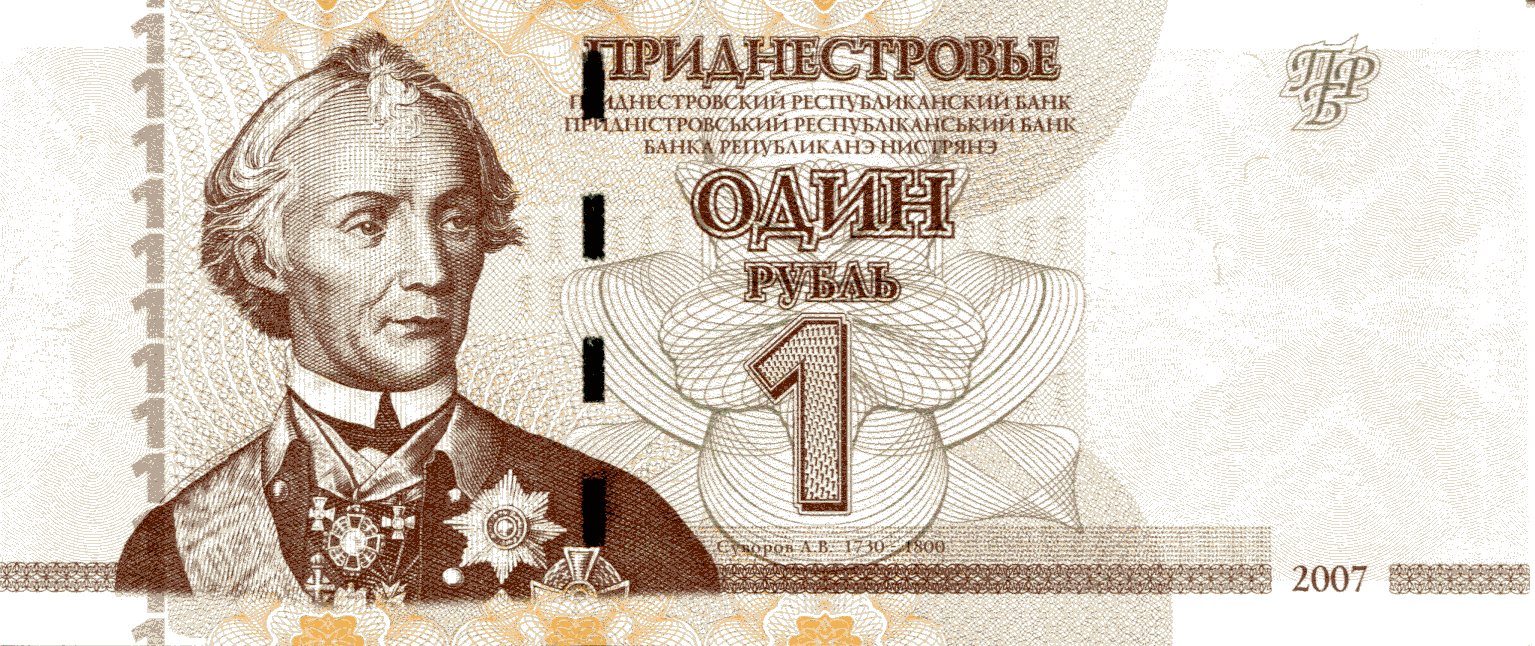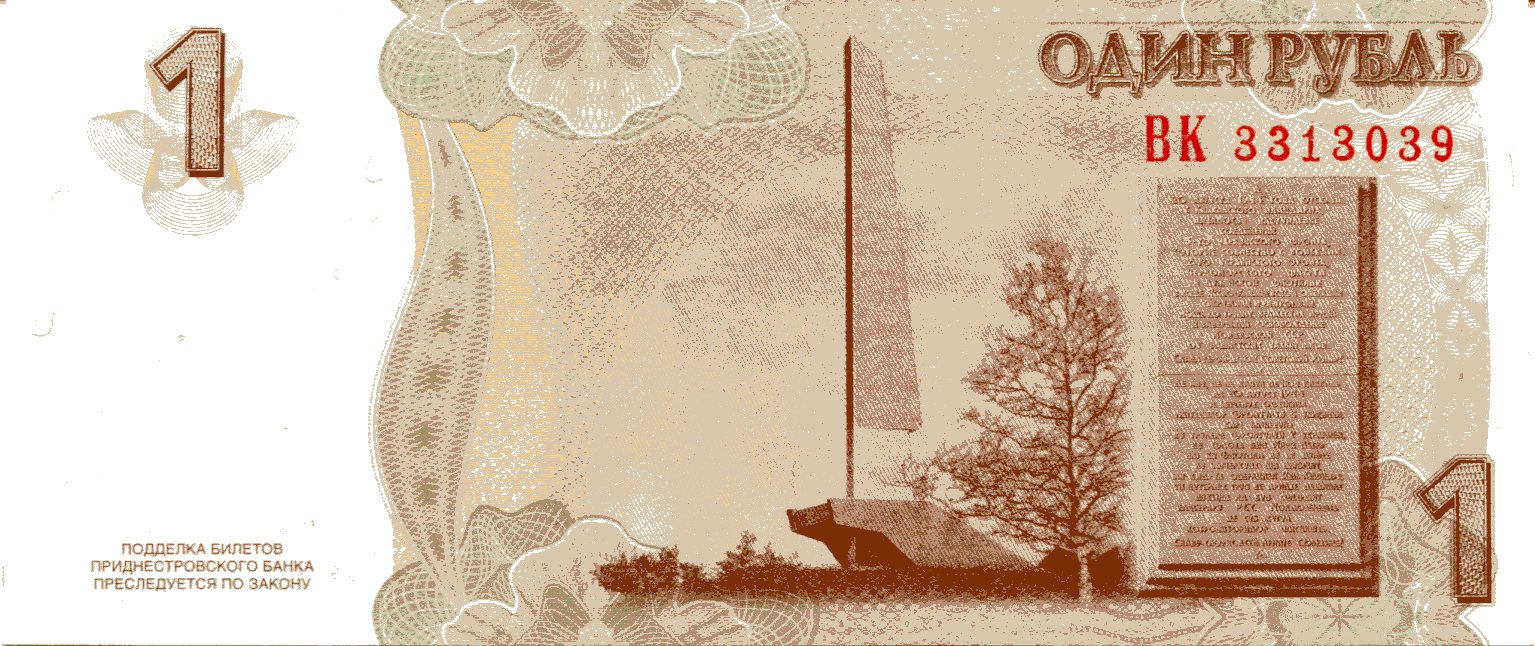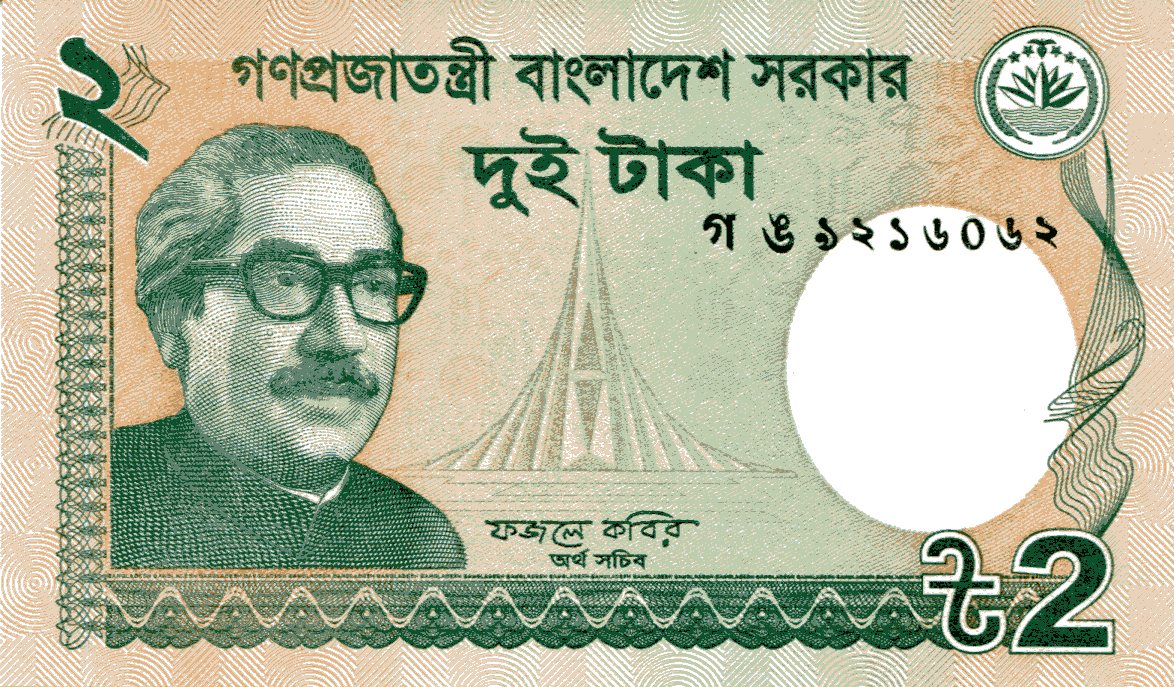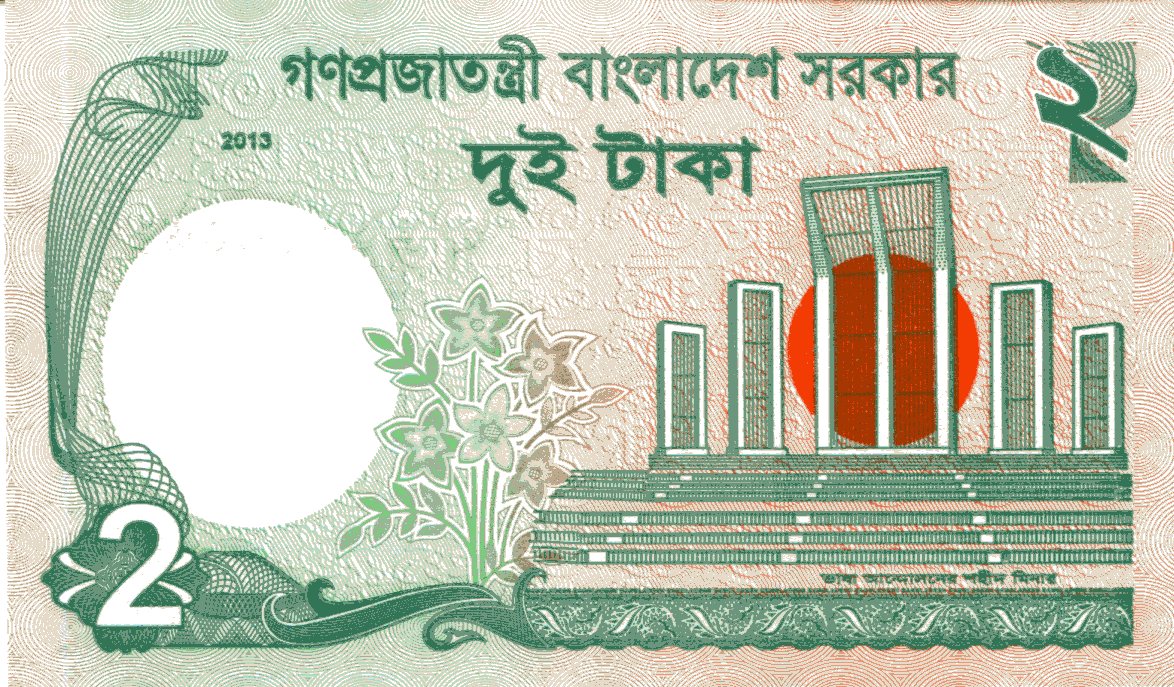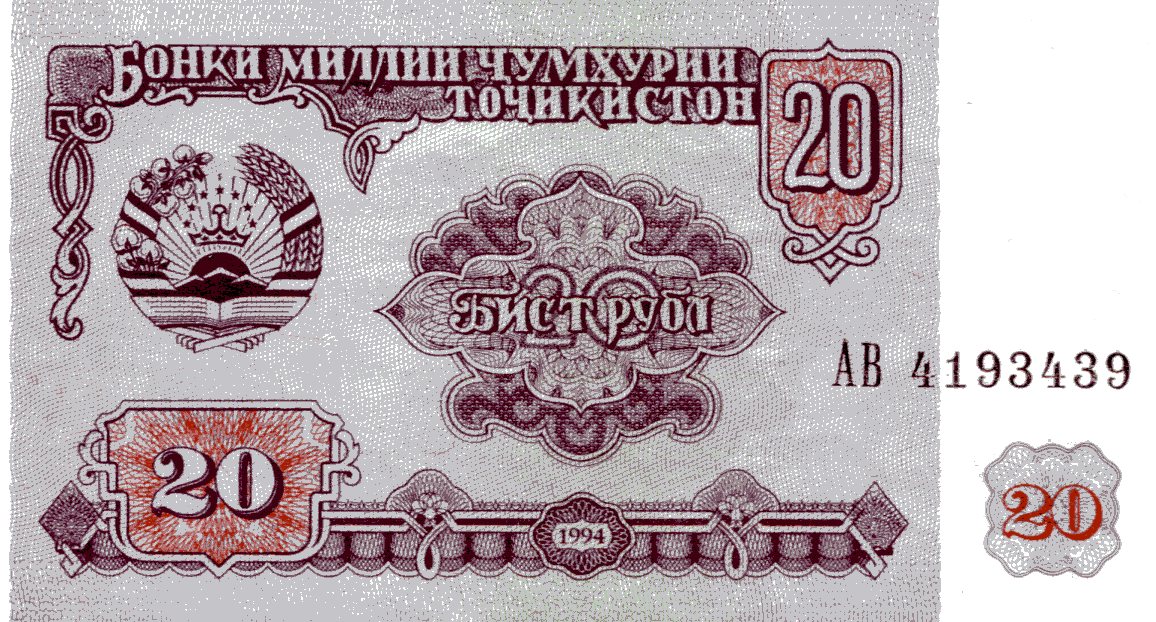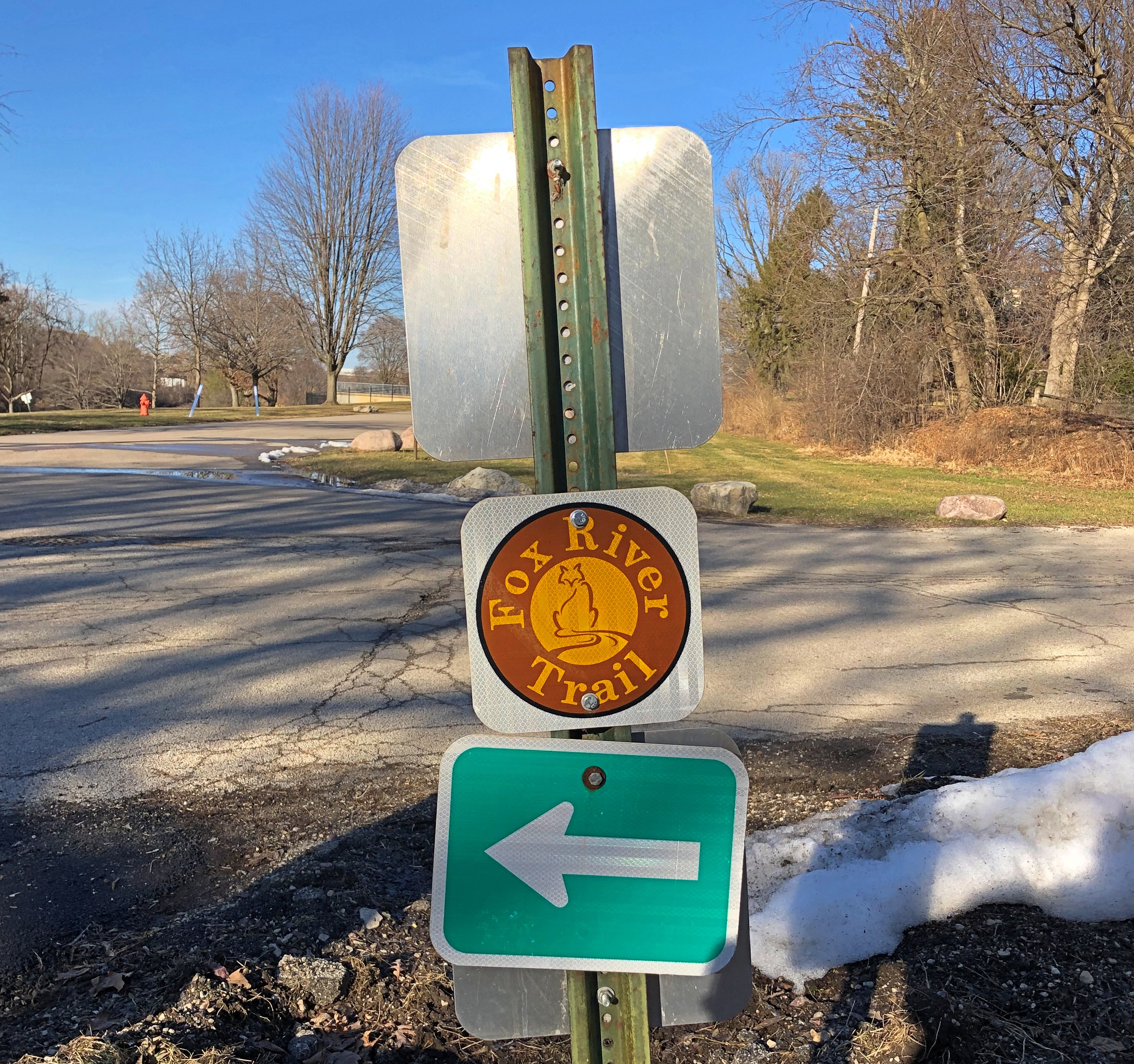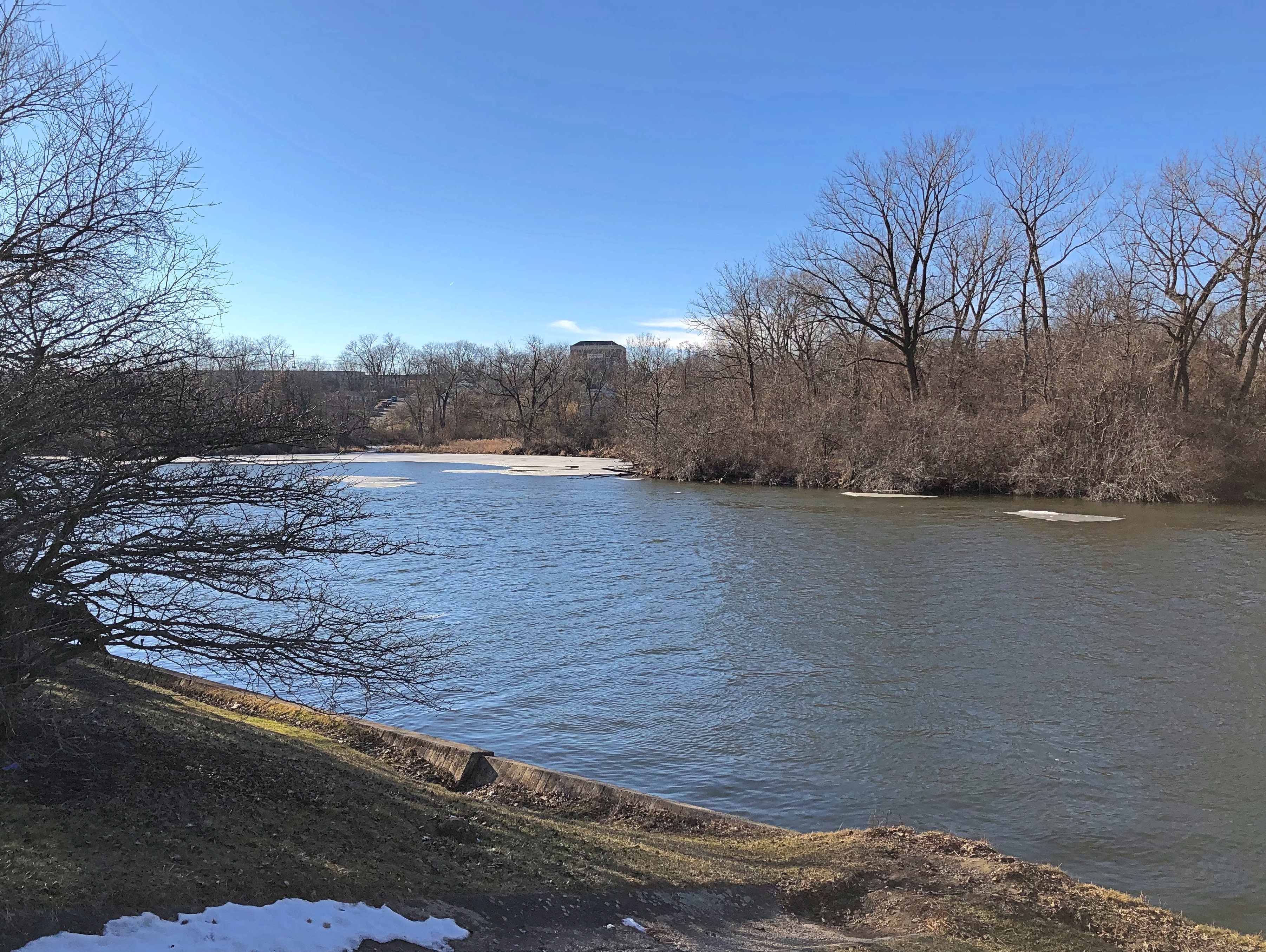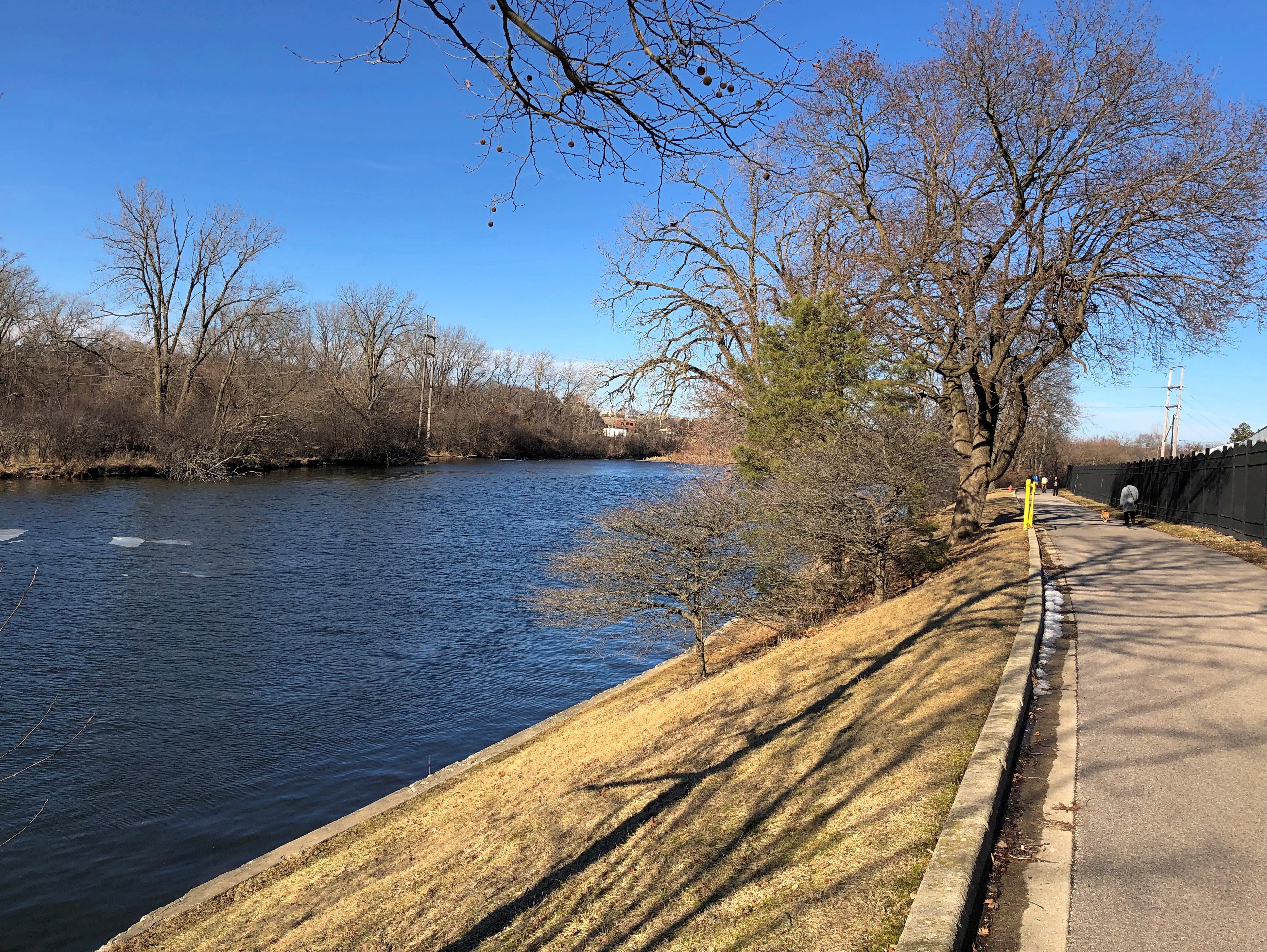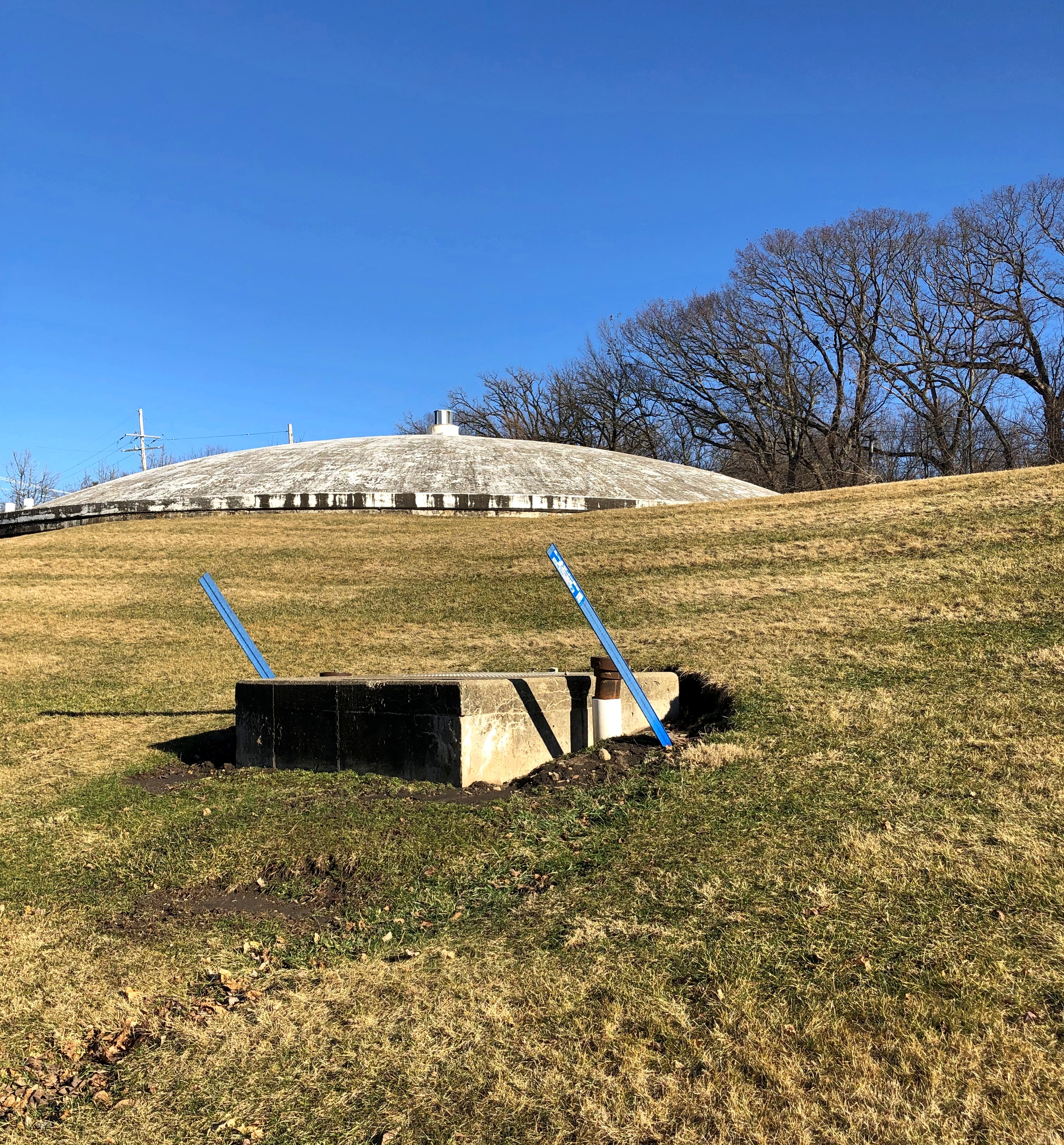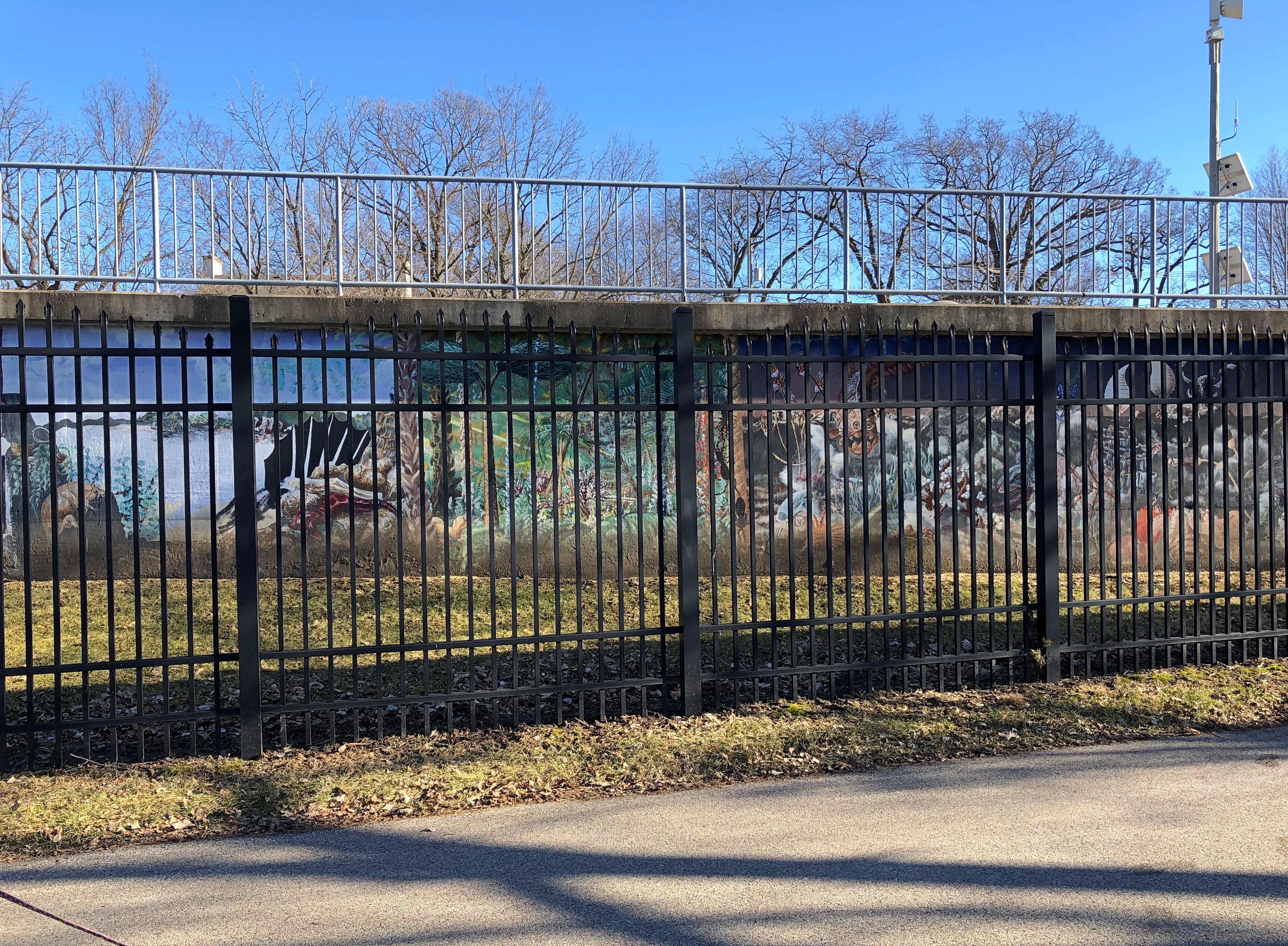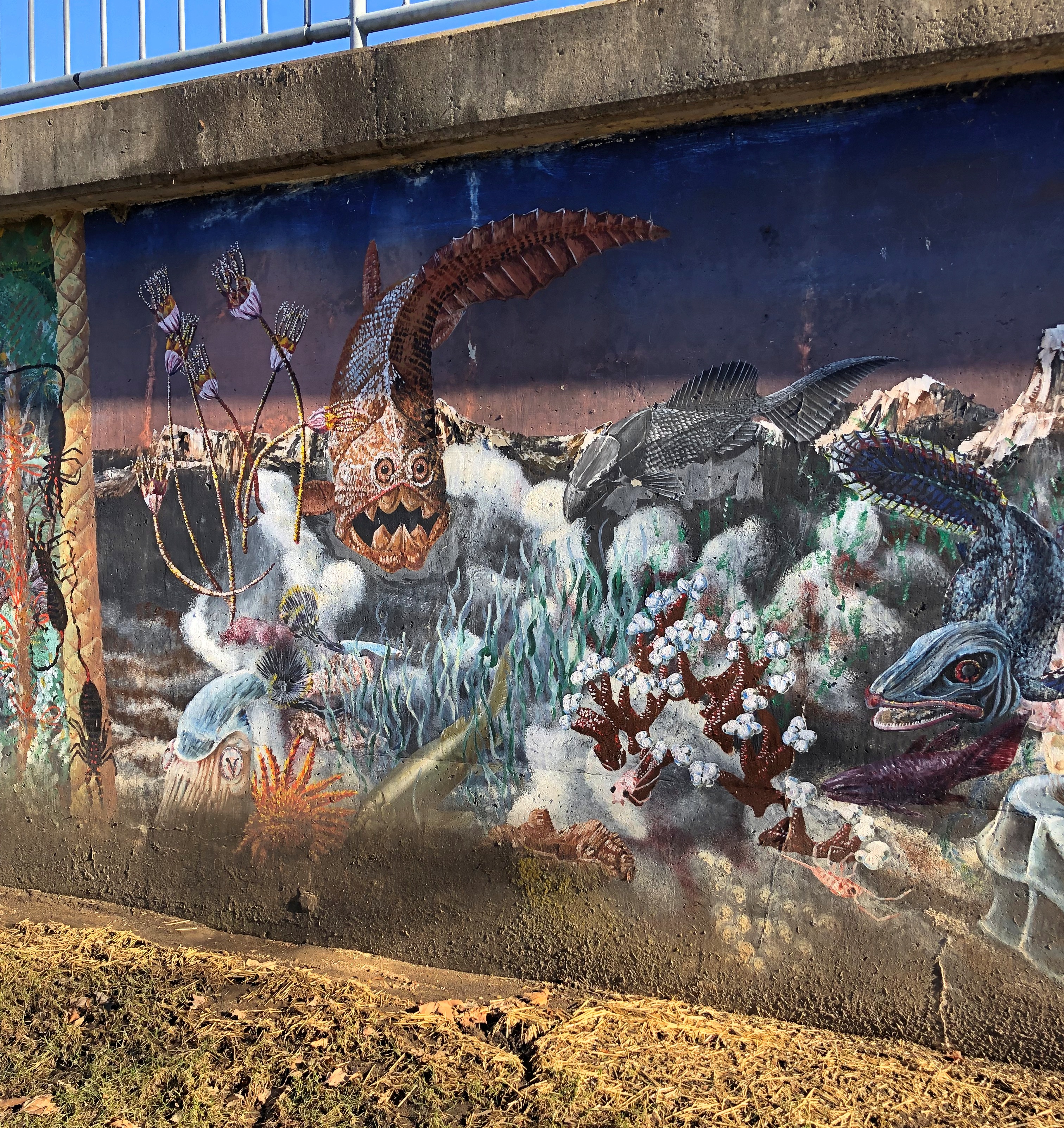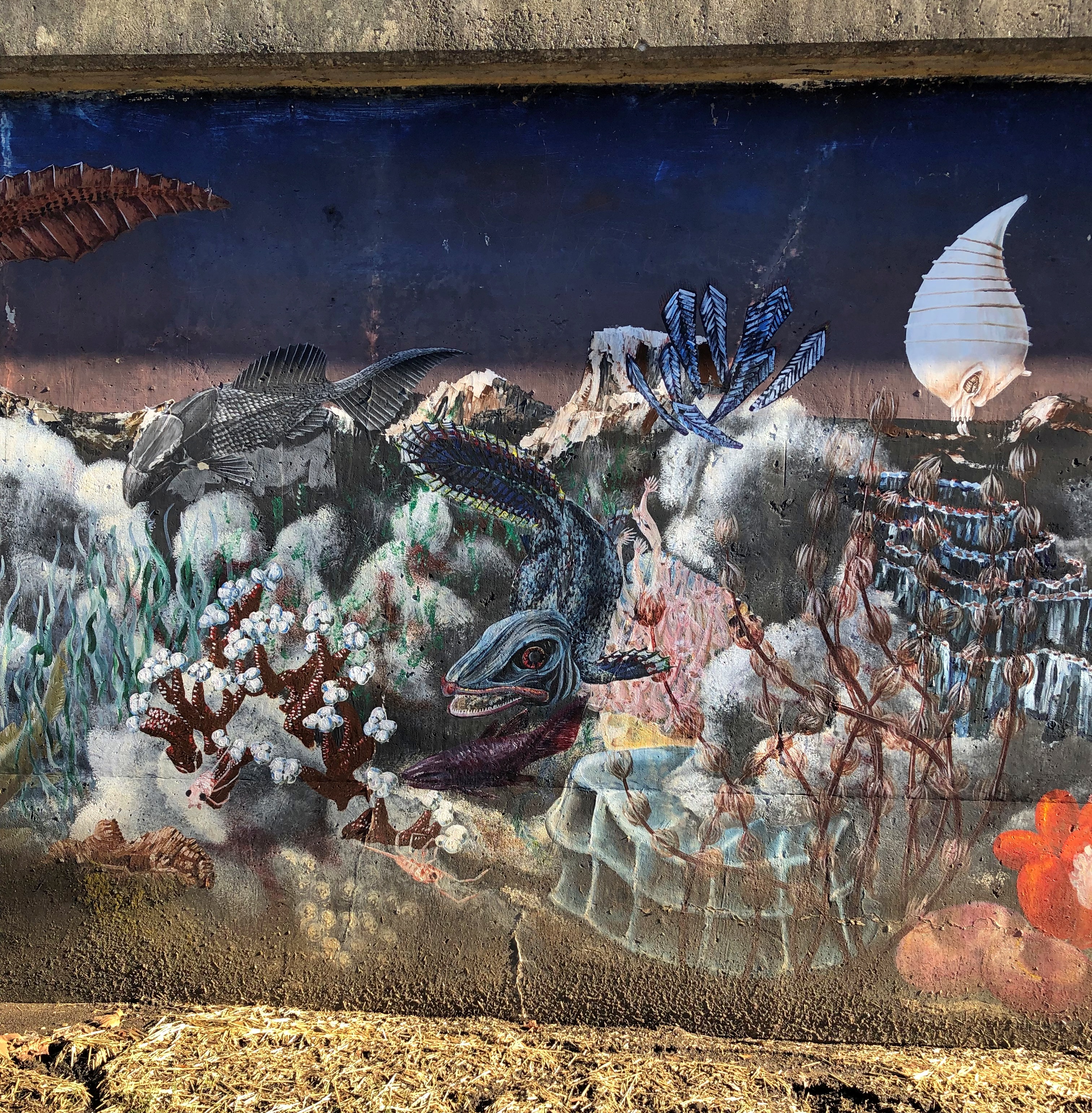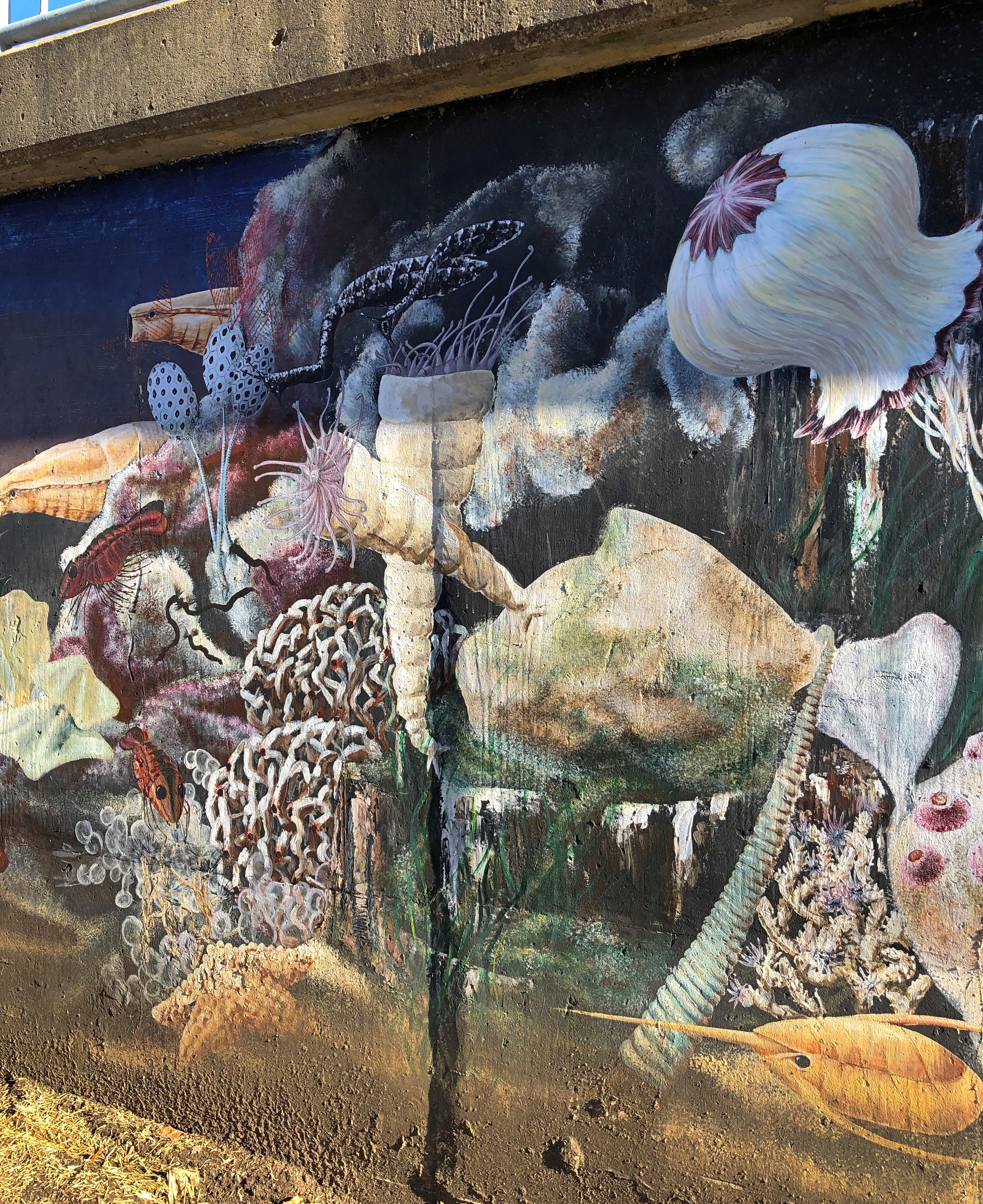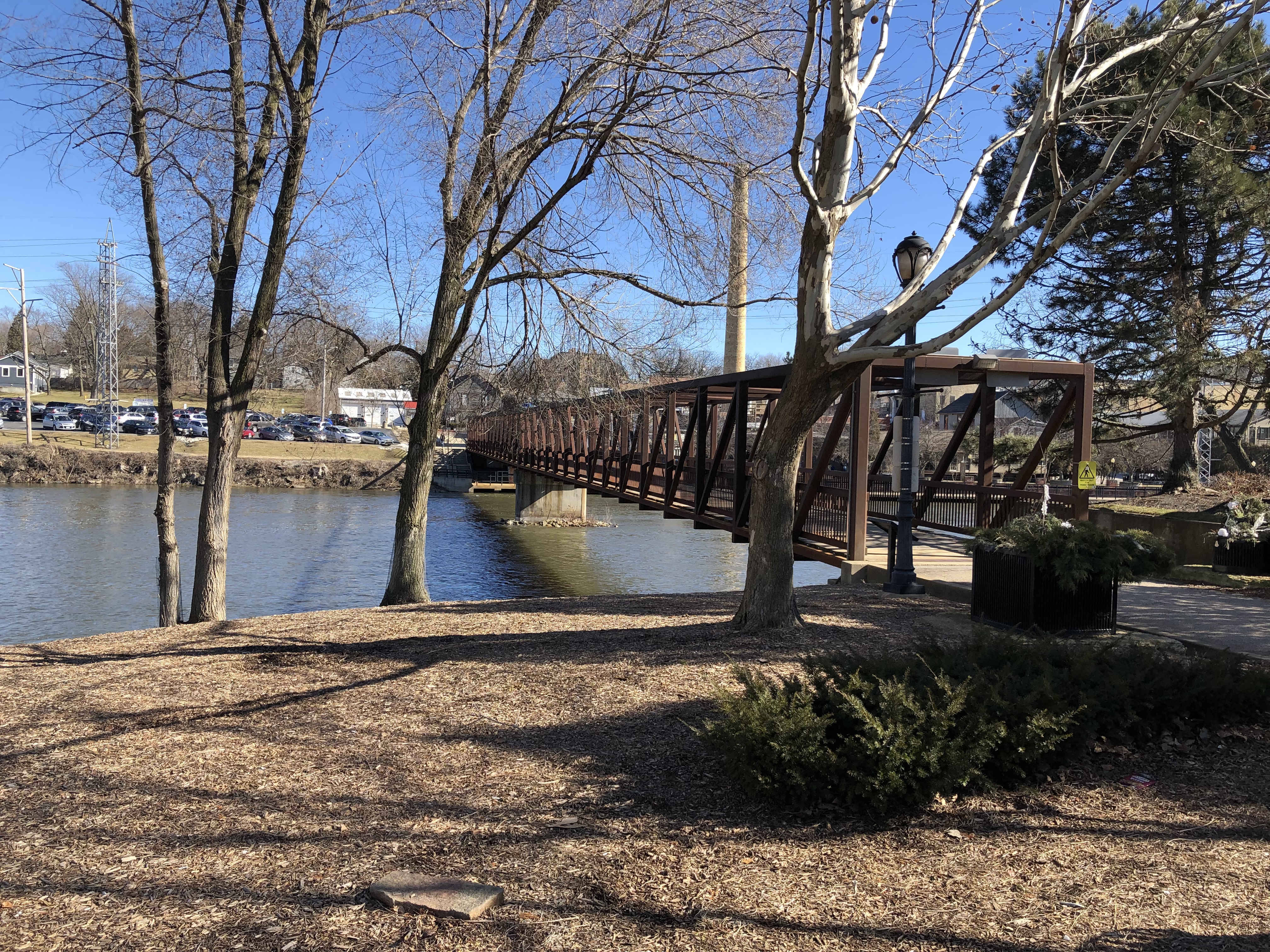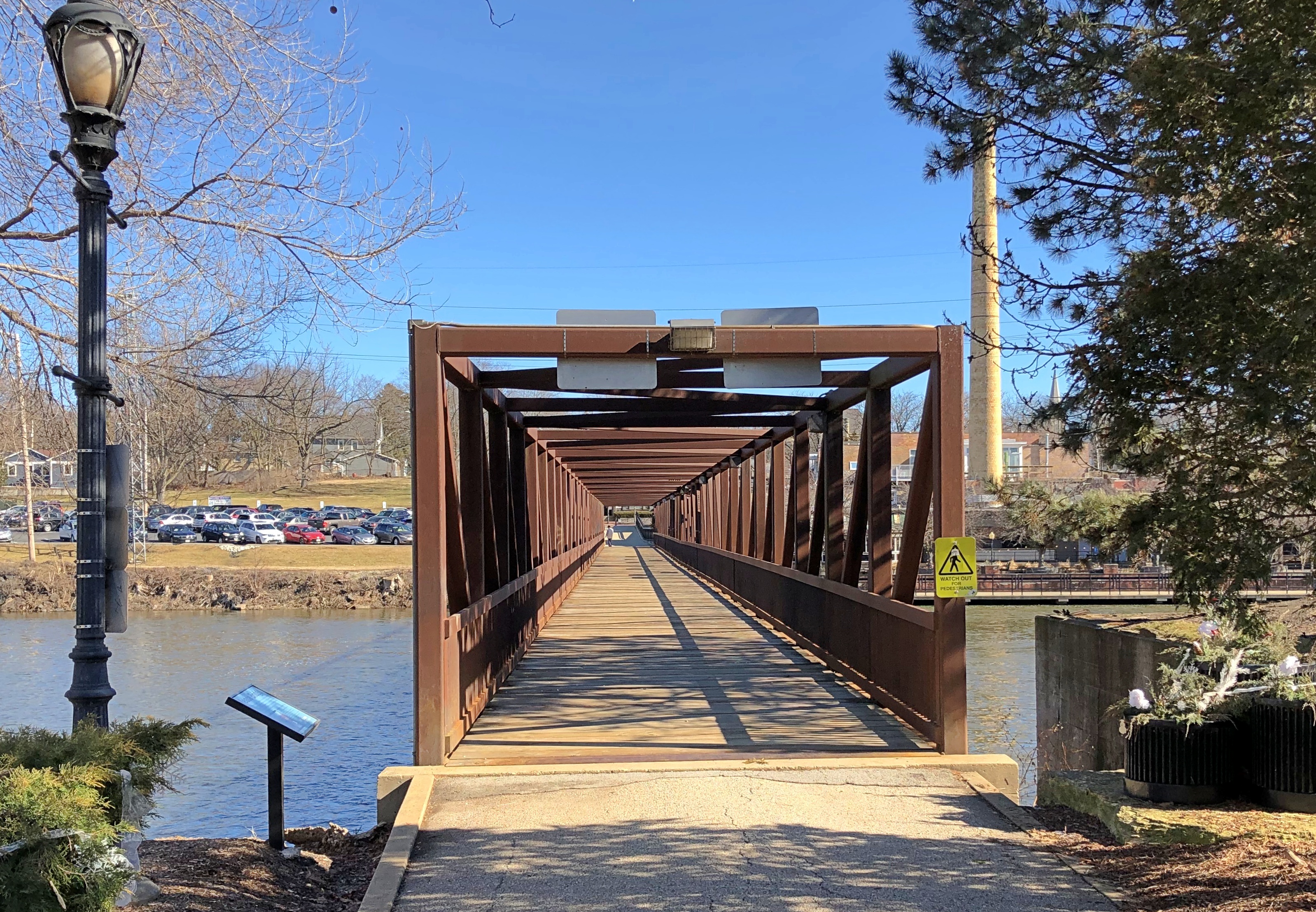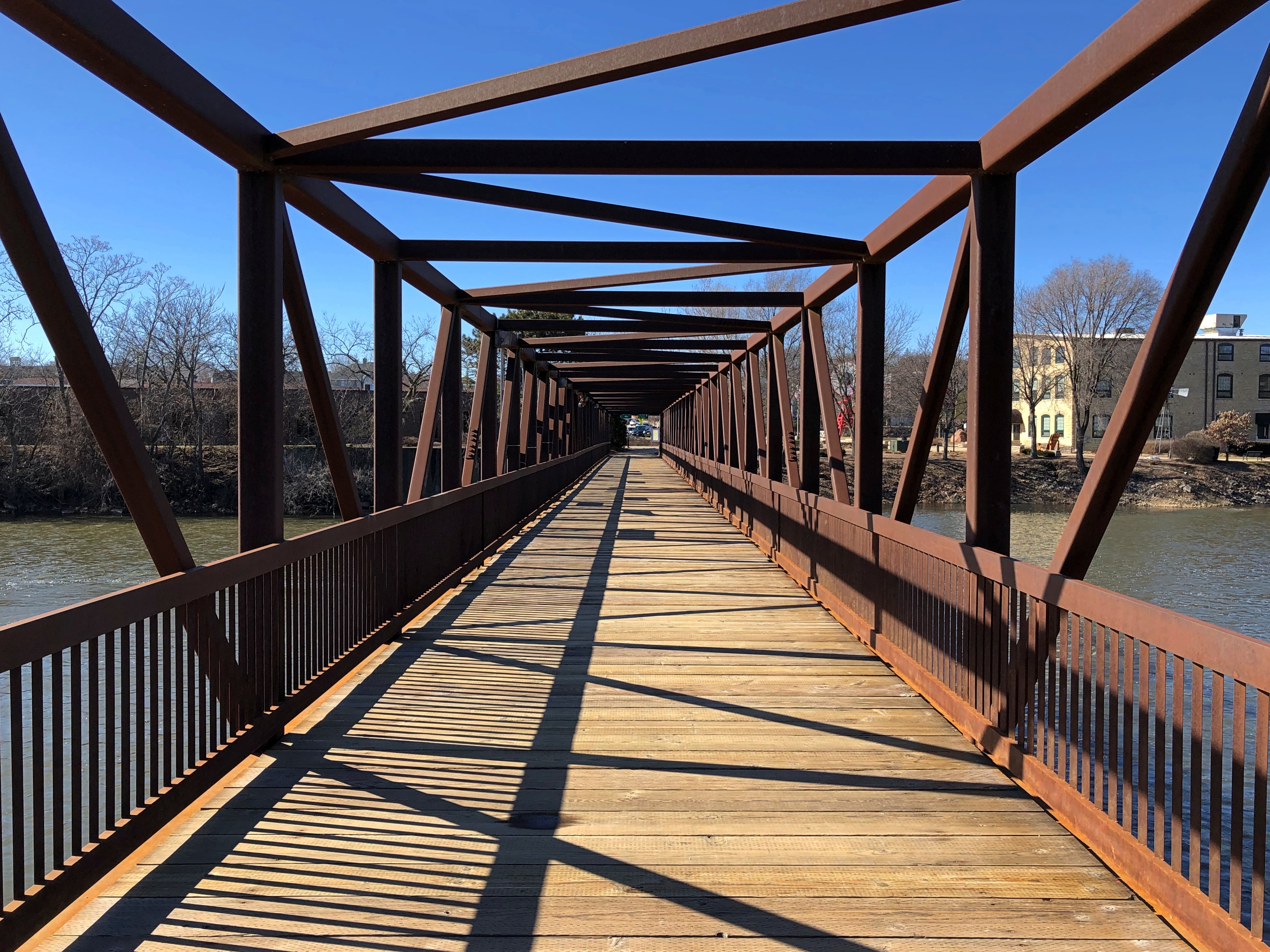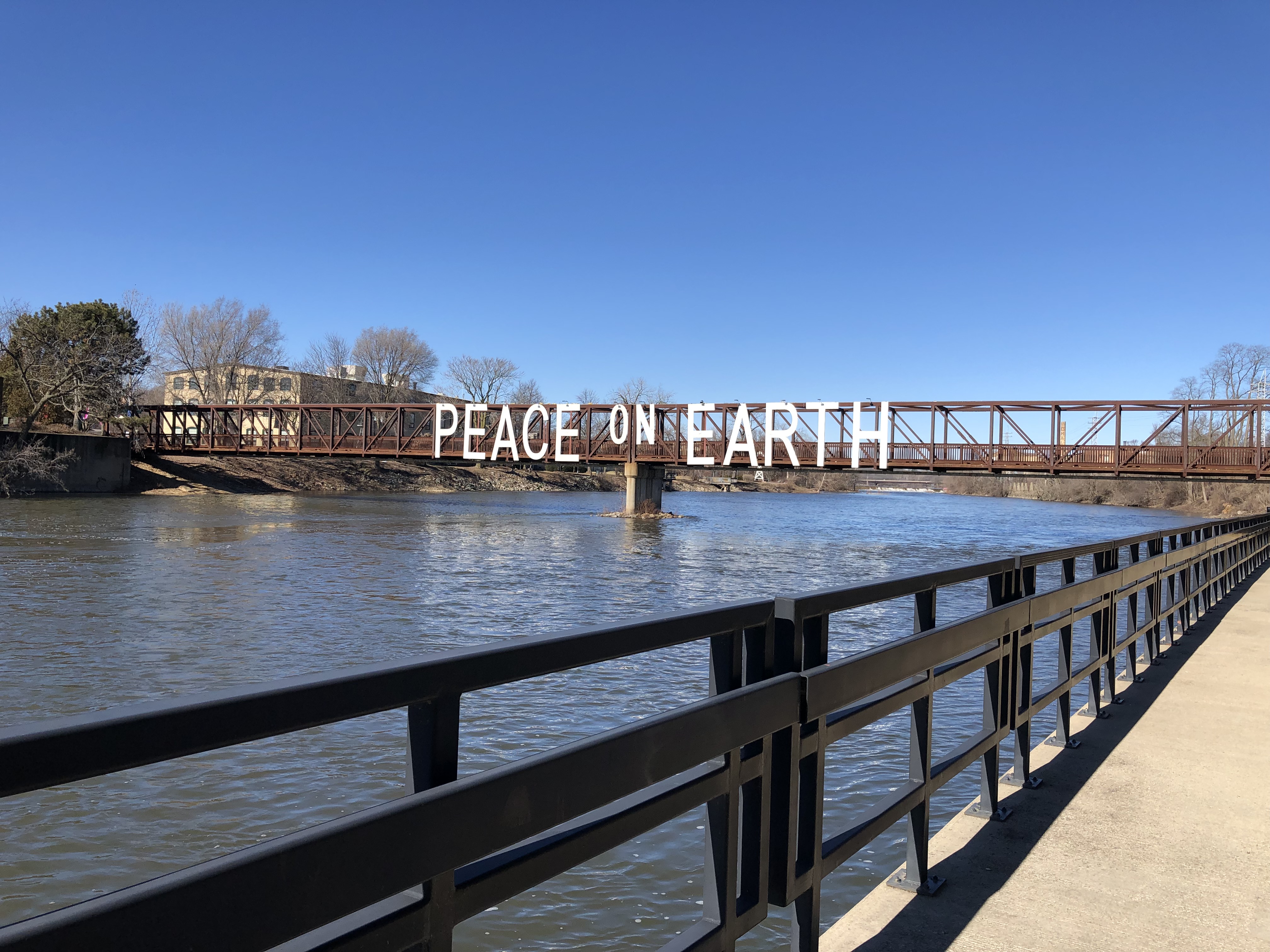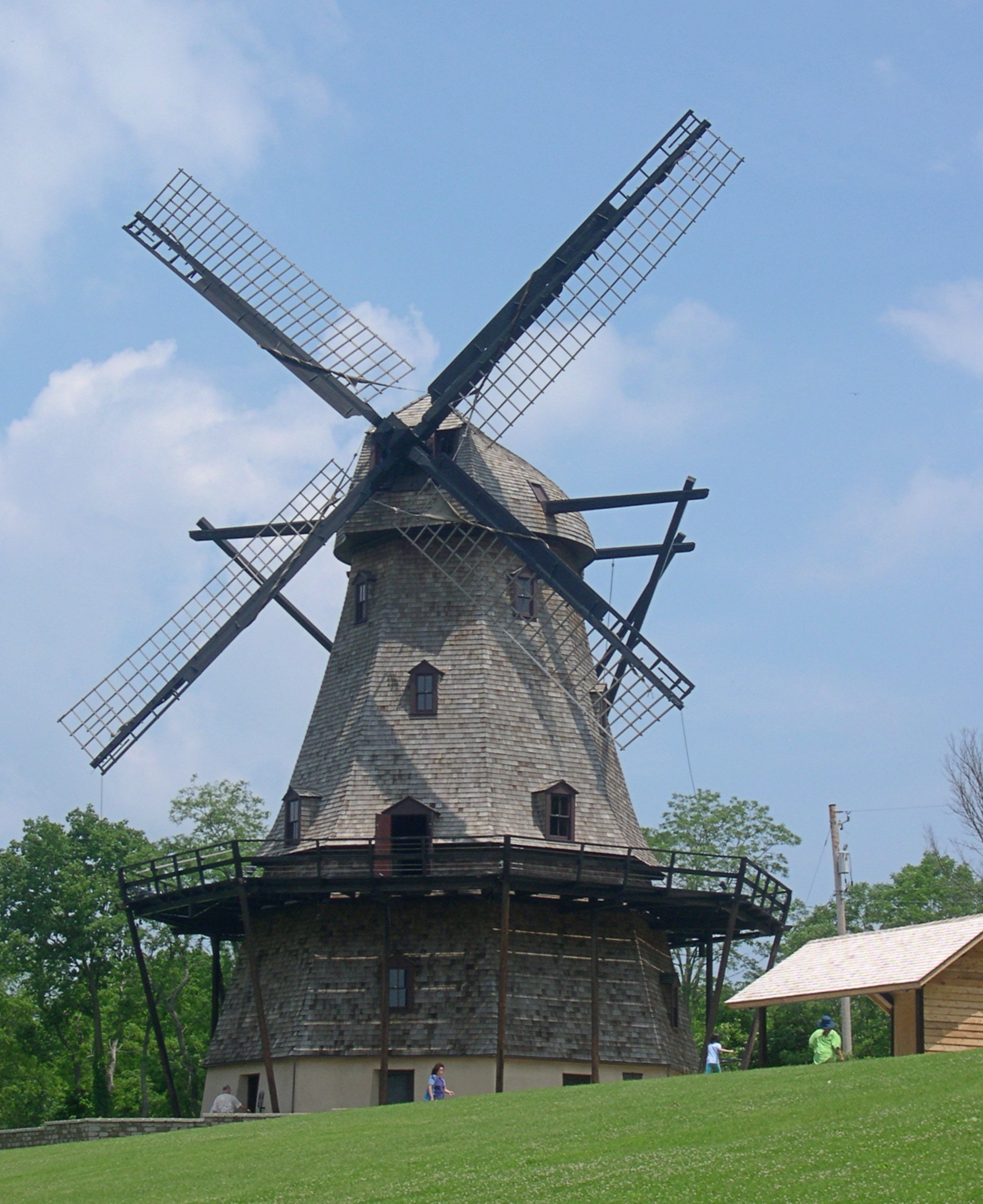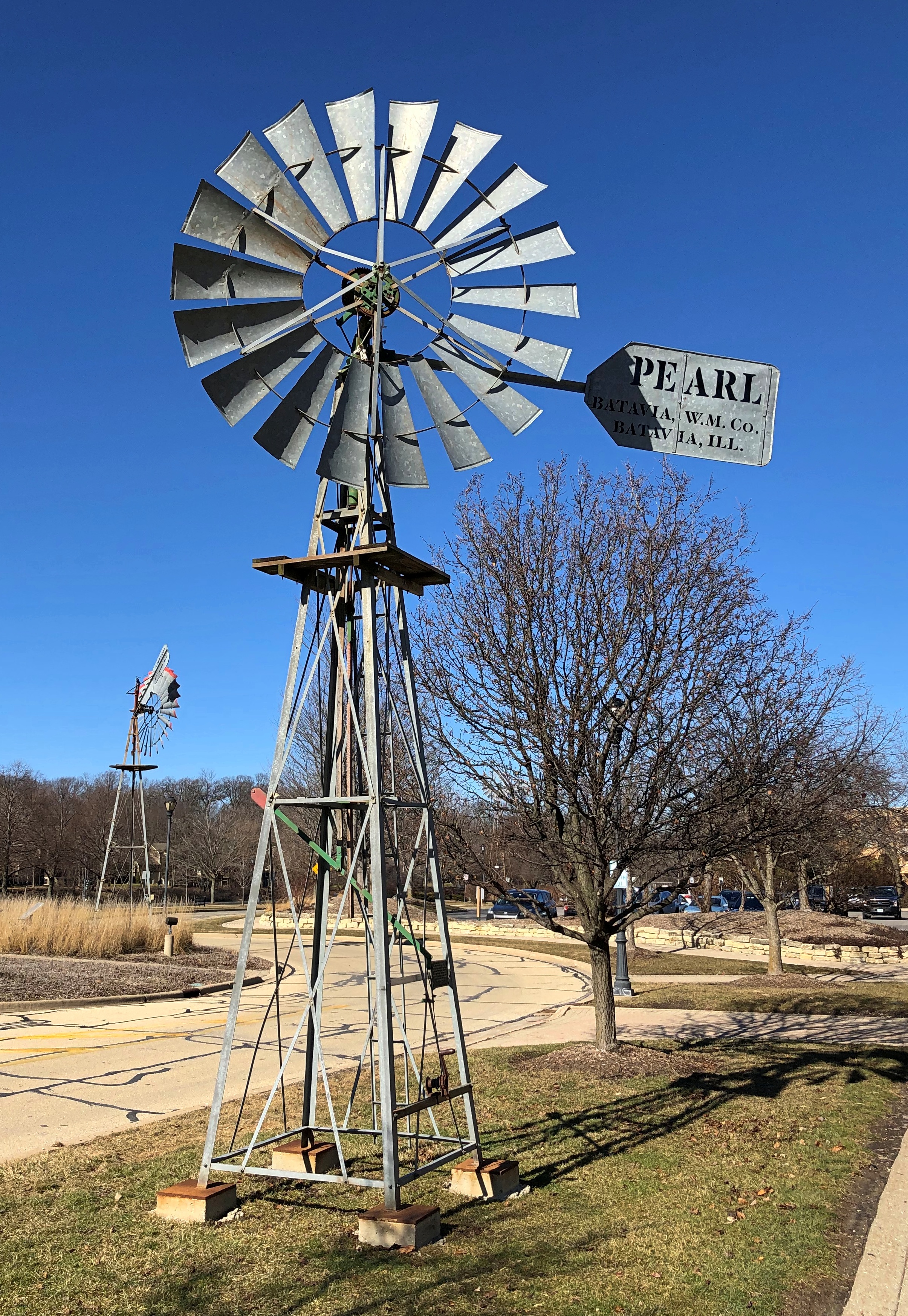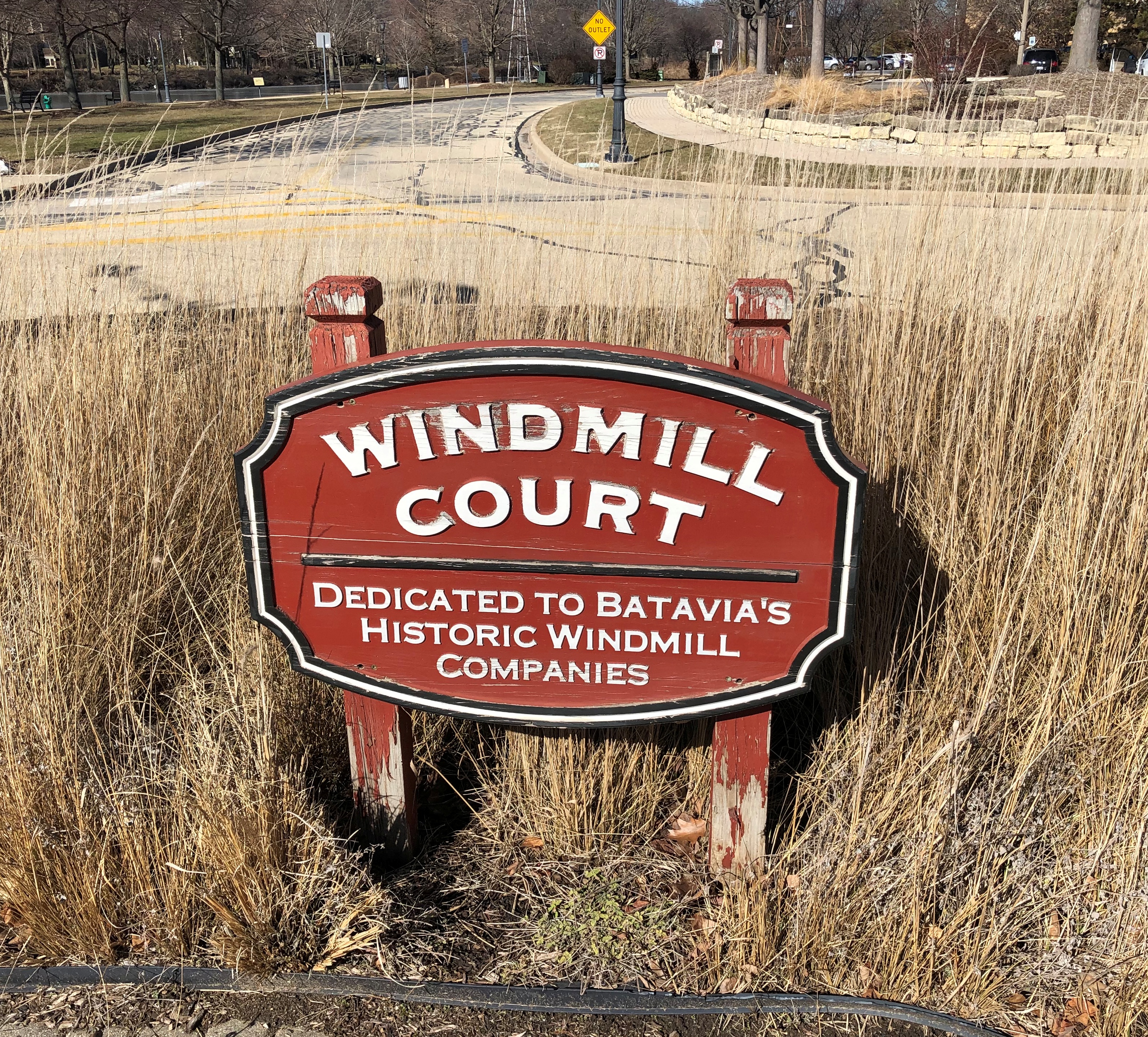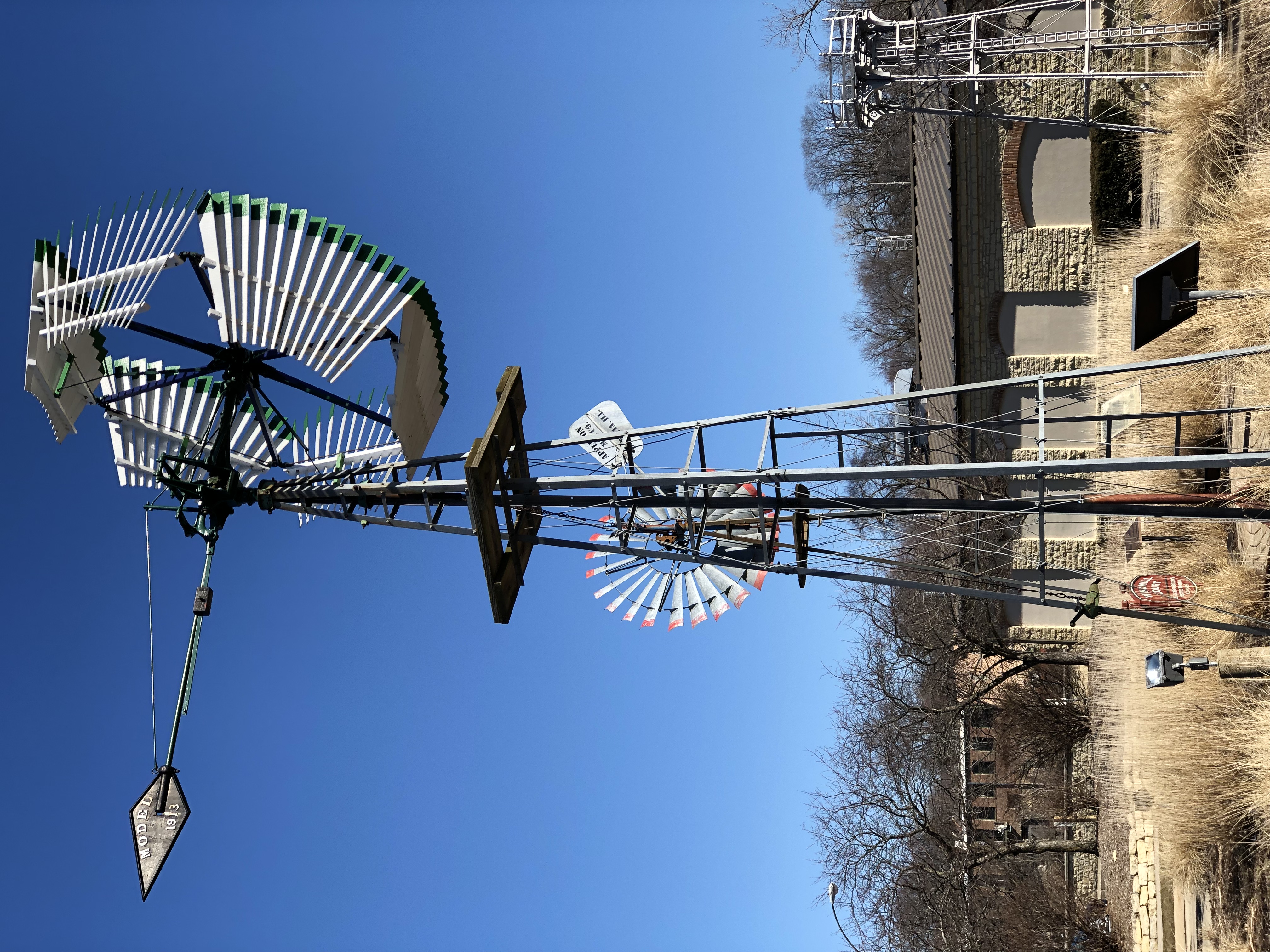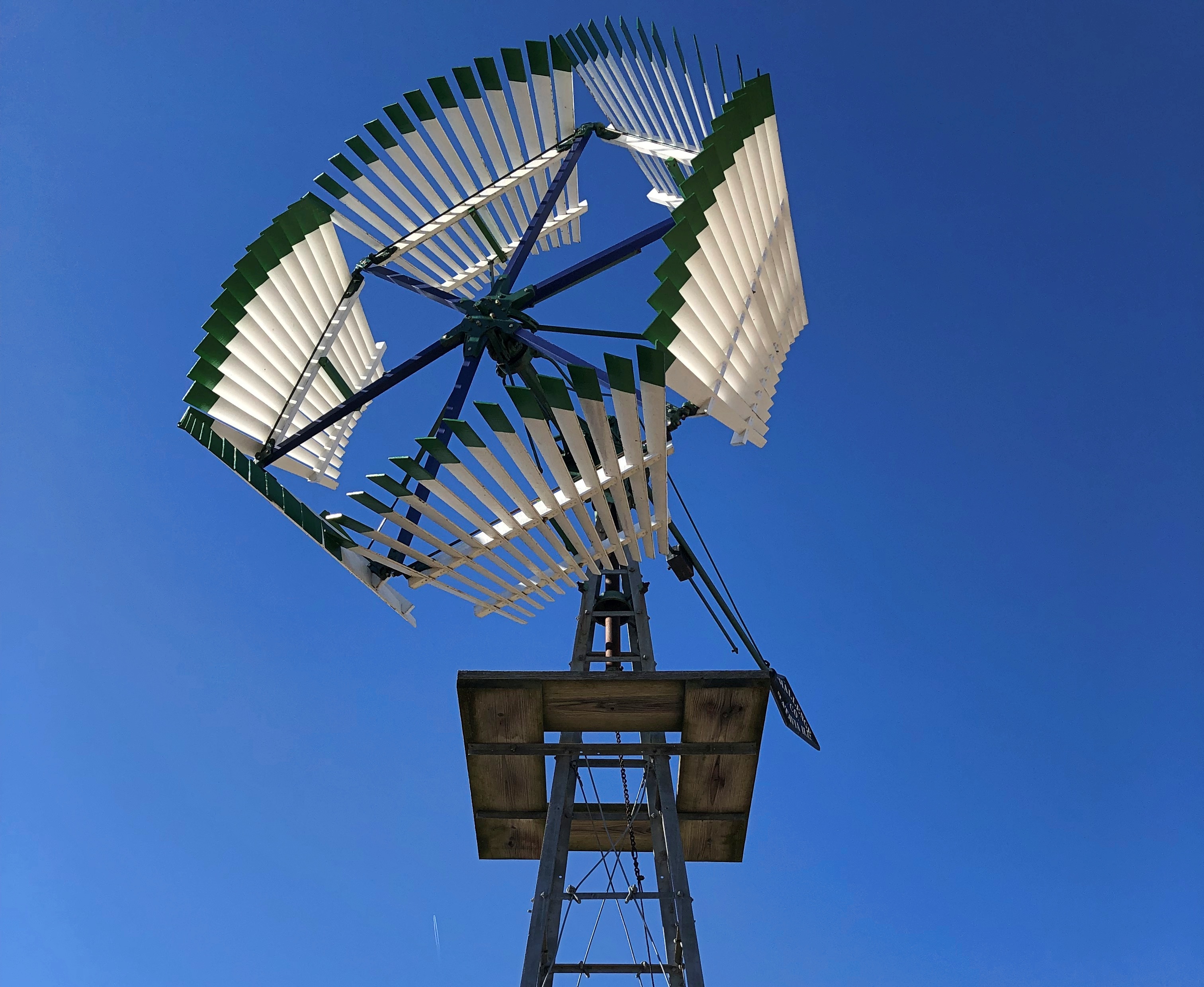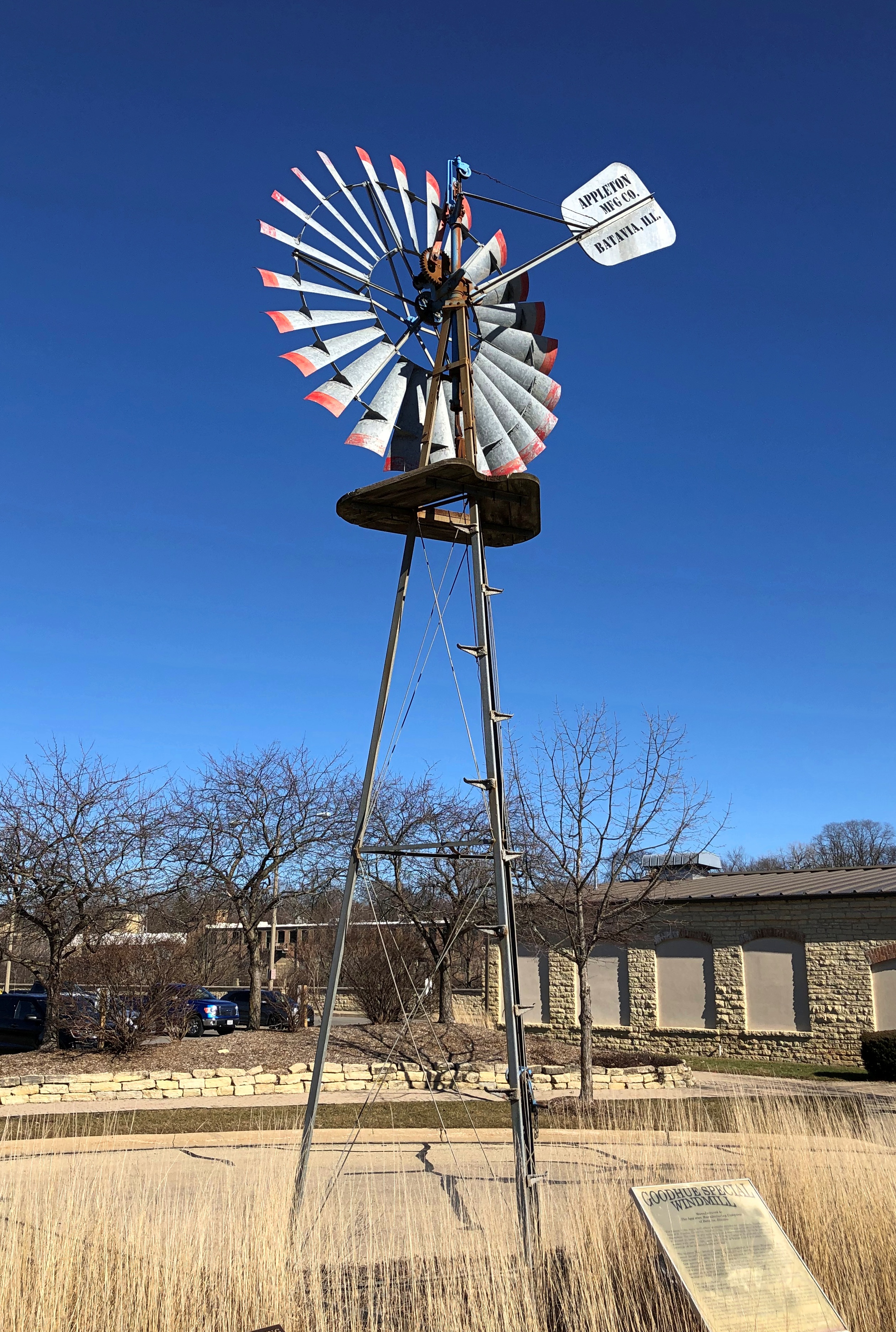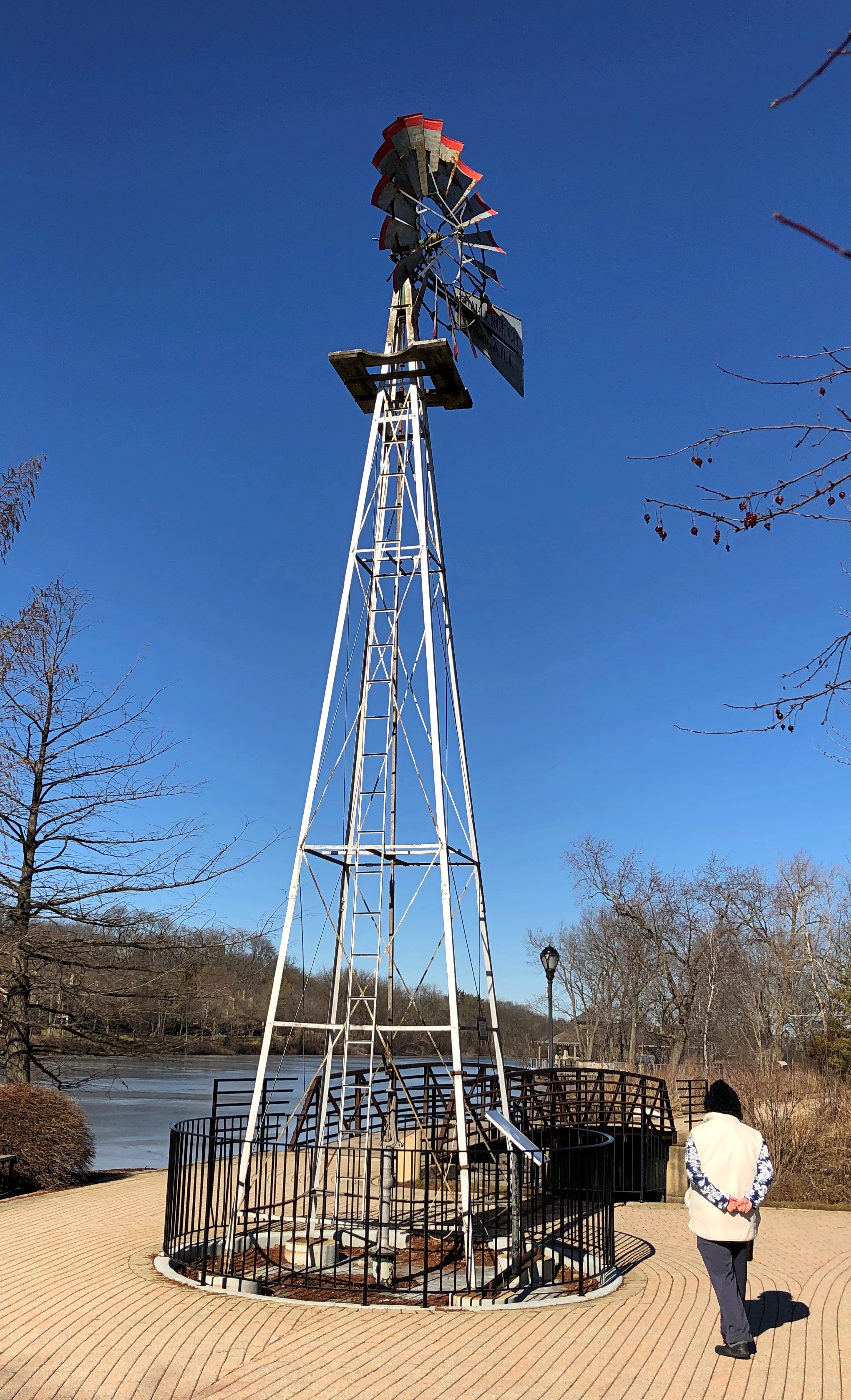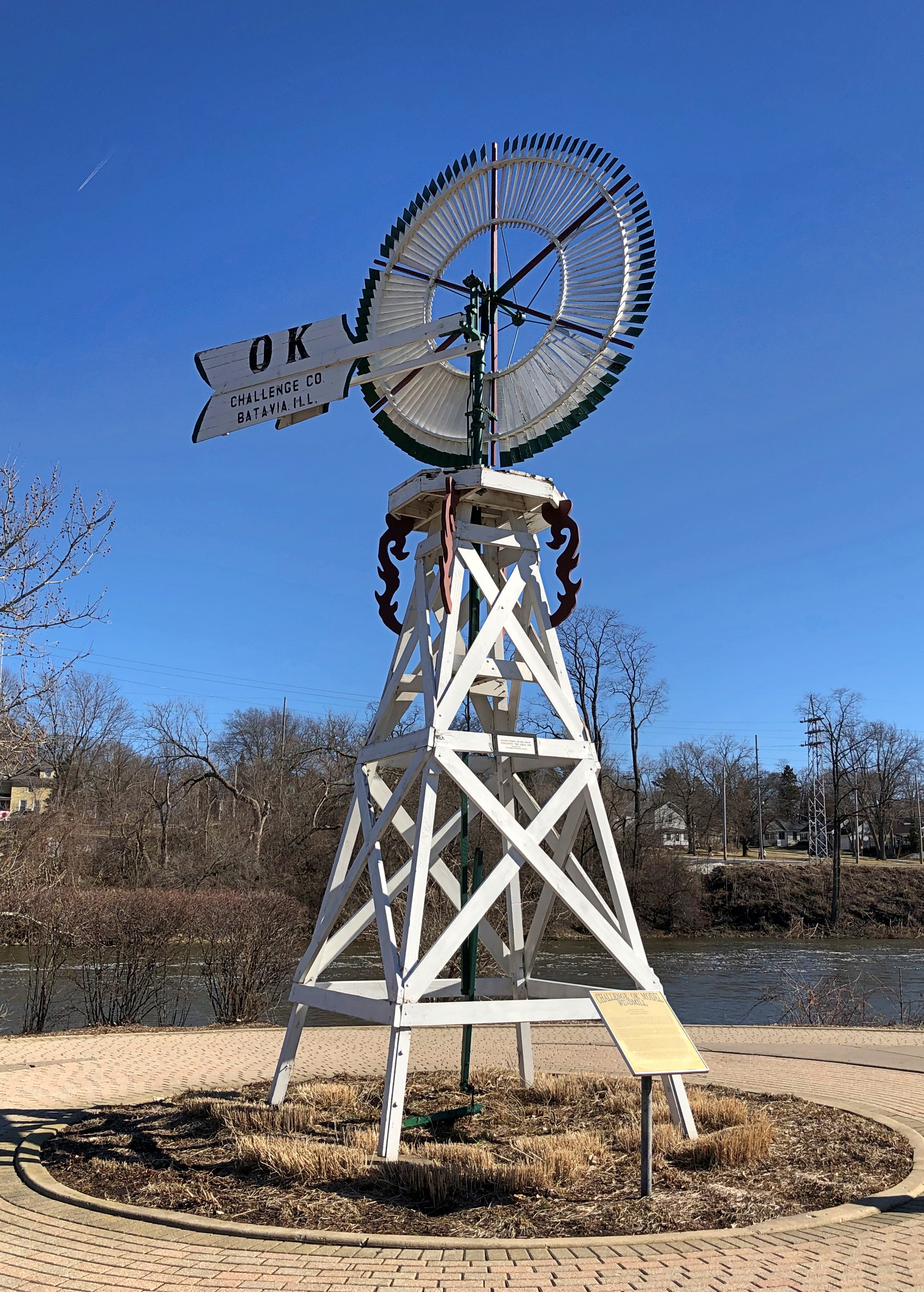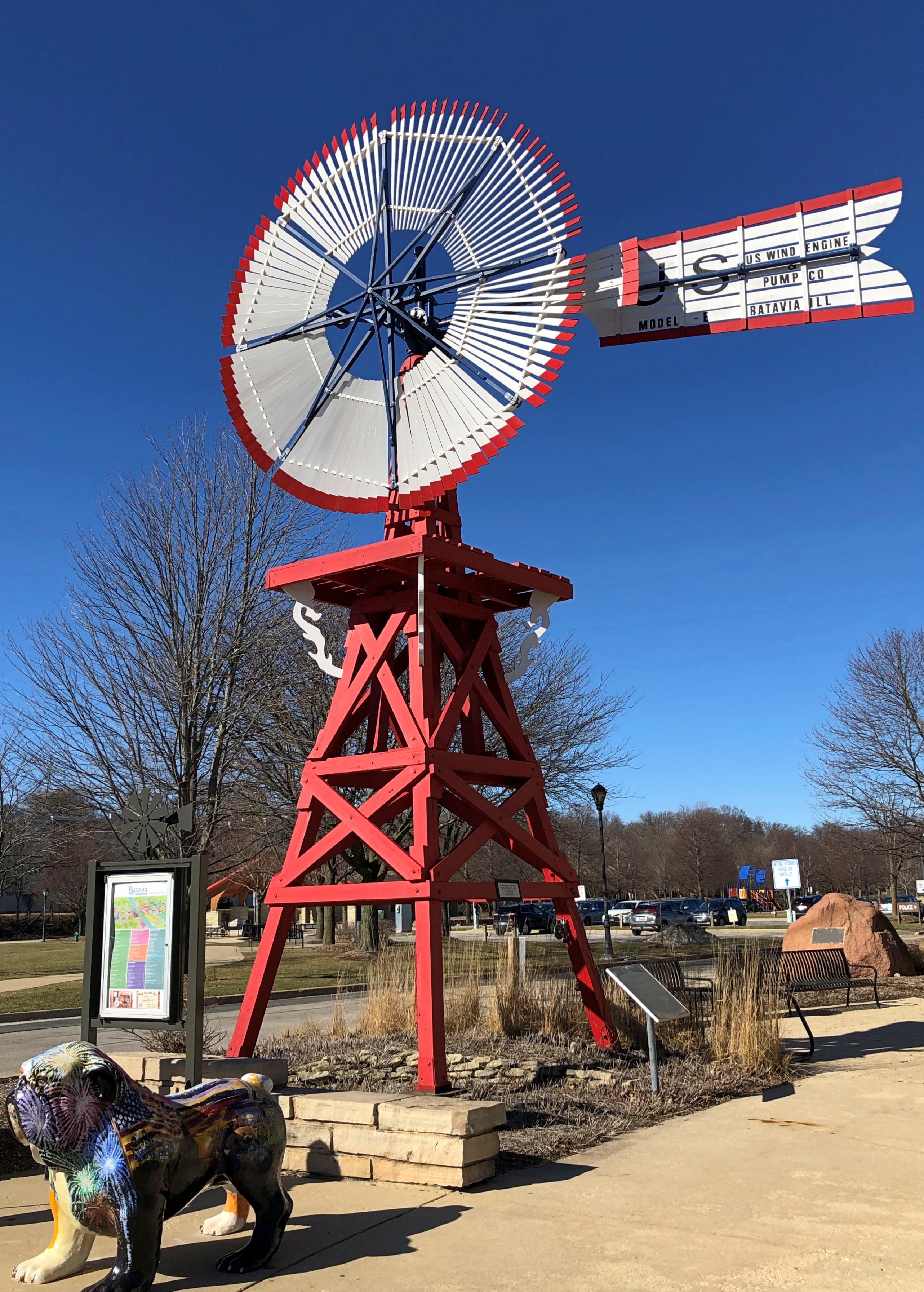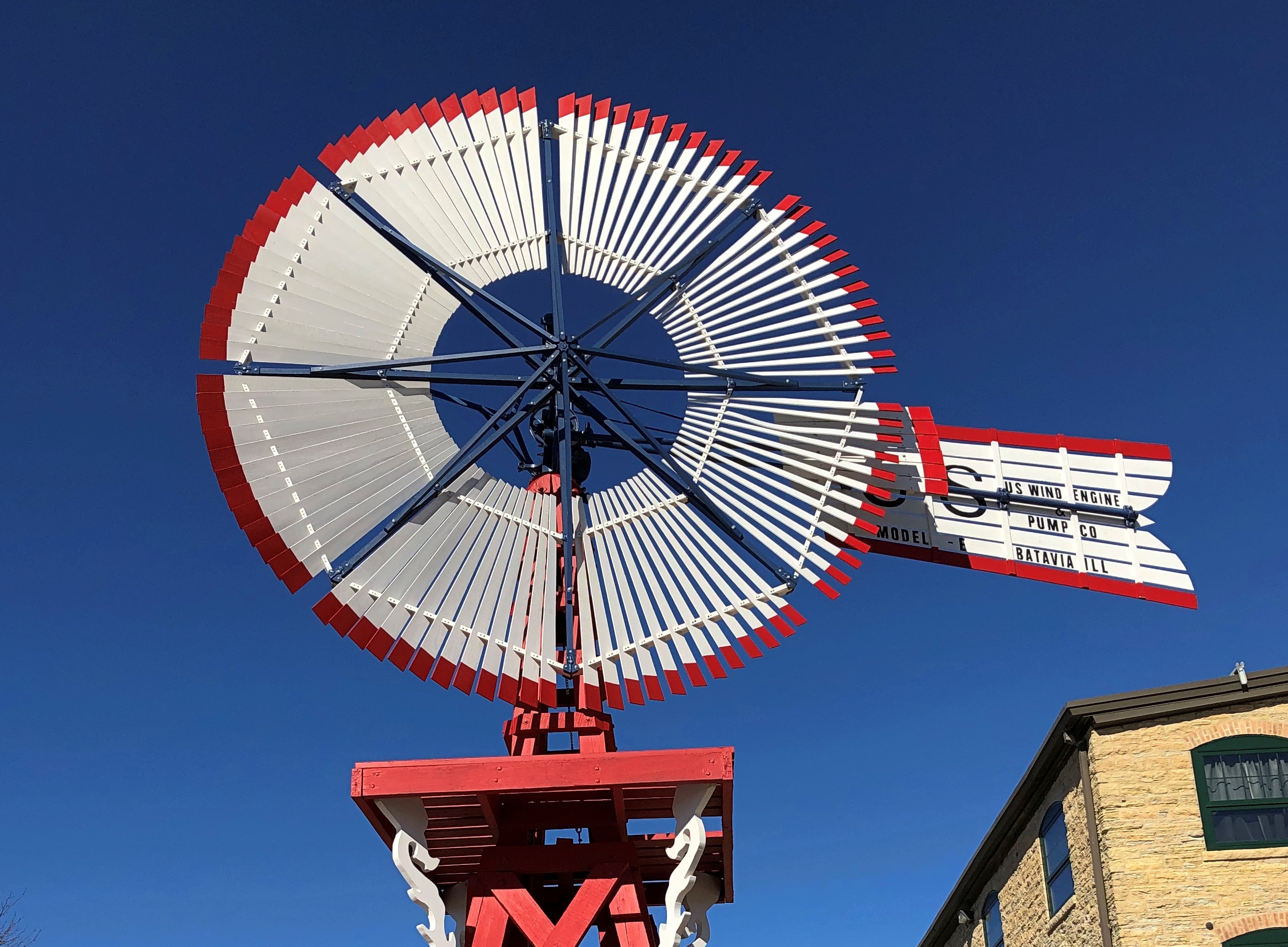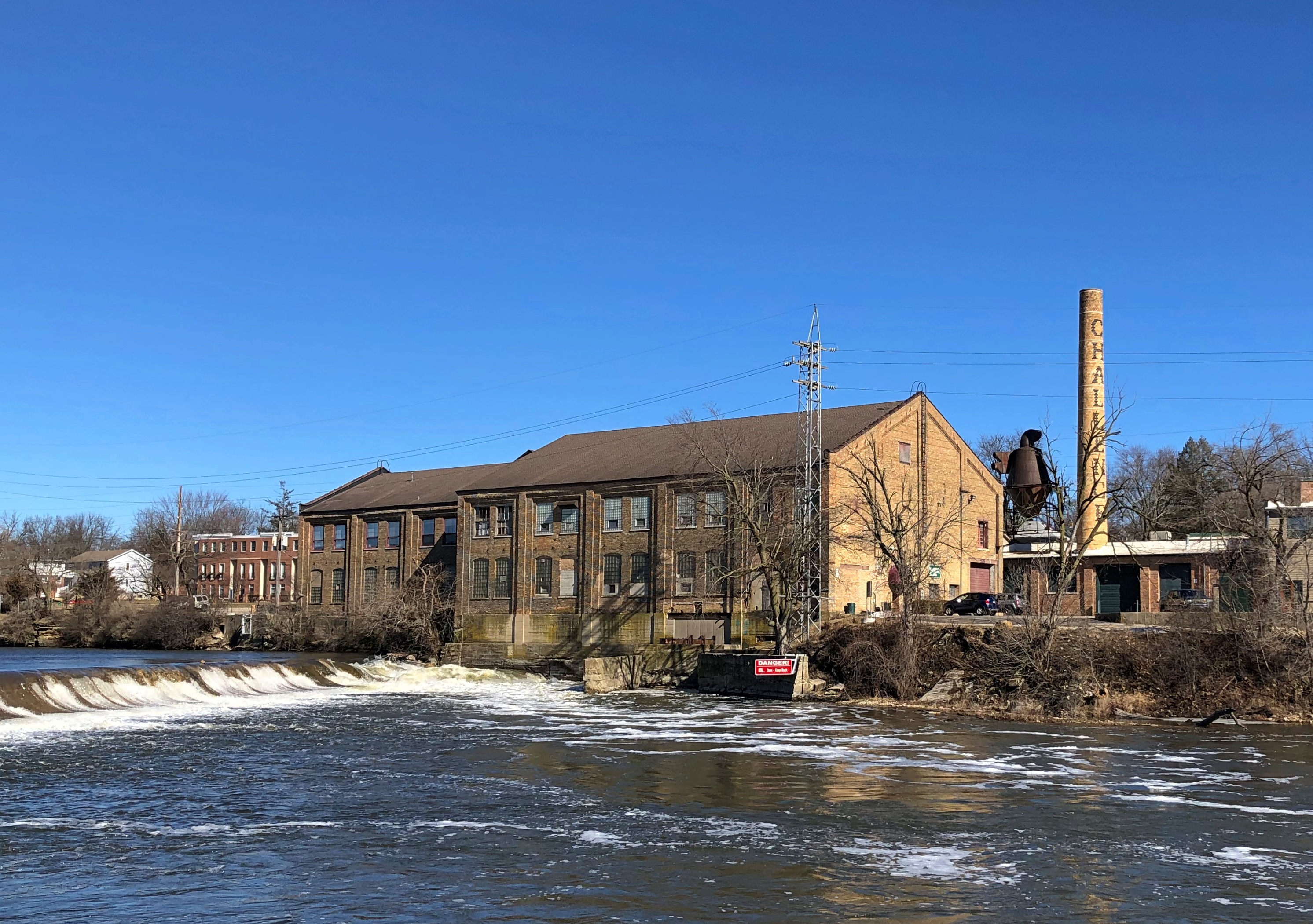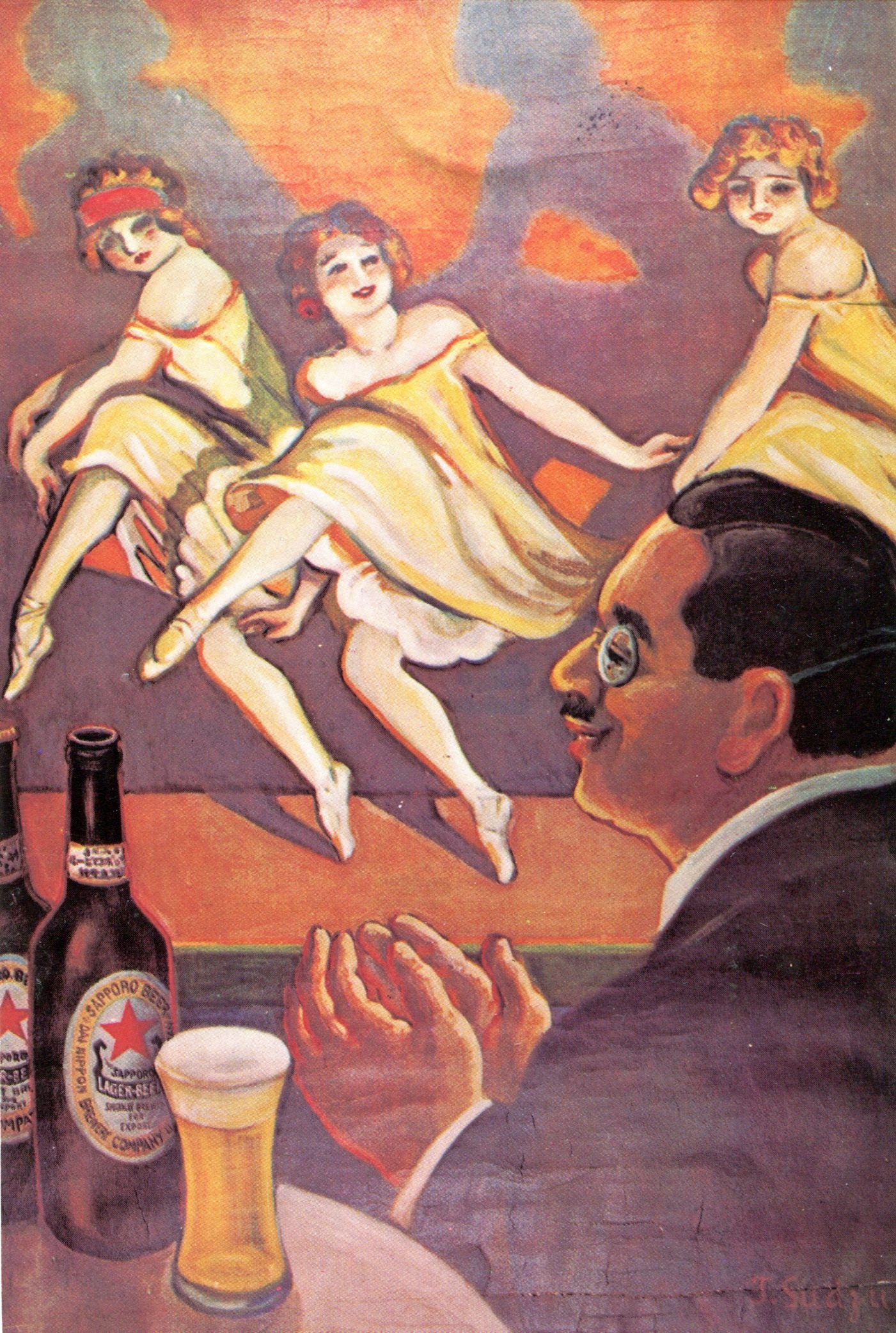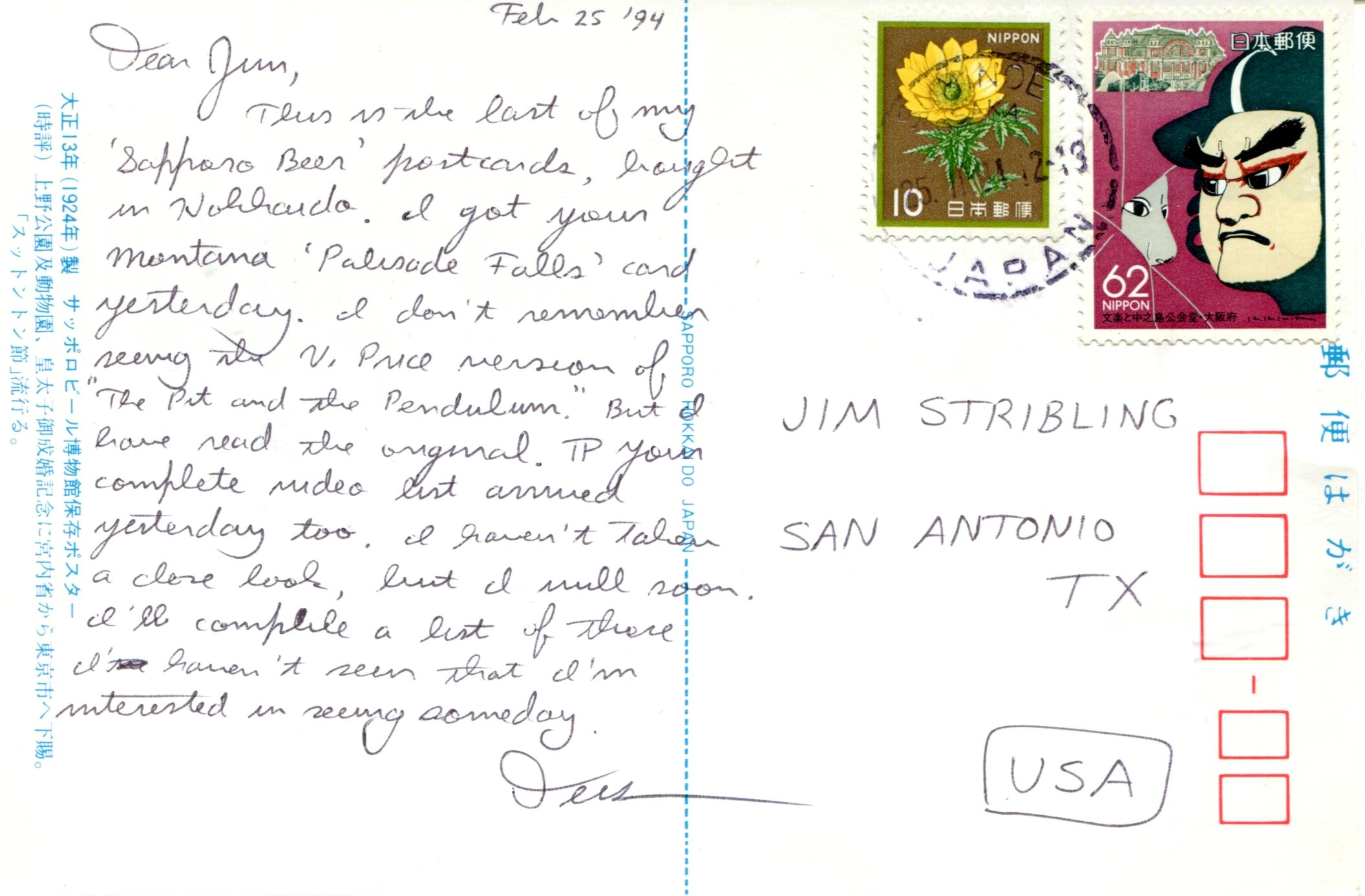Every time I woke last night, which was a few times, I could hear drizzle, but not the tip-tip-tip of frozen drops hitting hard surfaces. I must have slept through the wind gusts, which were reportedly strong in the wee hours. While out late this afternoon, I noticed a number of large tree branches that had been knocked down, as well as a tree completely uprooted and on its side, about a half mile from where we live.
The day was windy and raw, but we had no precipitation after dawn, liquid or otherwise, and the tree and bush branches were no longer tinged with ice. This NWS map from this morning shows how we in northern Illinois dodged the worst of the snowstorm.
What does it all mean? Its snows in the North in winter. Except when it doesn’t.
One more banknote for now. This one does have some Roman letters, prominently featured, and is worth more than a few U.S. mills or cents: the Singapore dollar. The languages on the note include English, Chinese, Malay and Tamil, the four most common ones spoken there.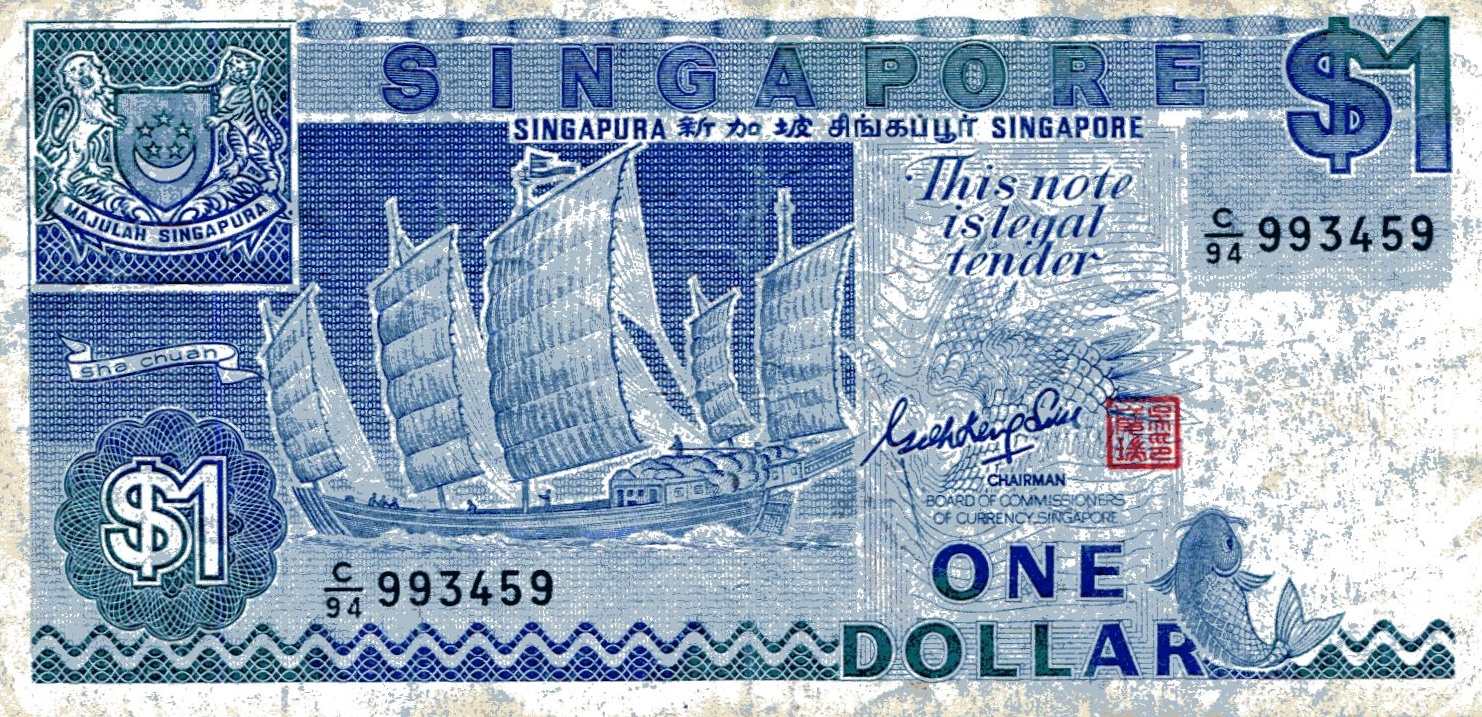
Also, it’s one that I picked up myself in 1992 or ’94, since these notes – part of the “ship series” – were current at the time, and worth about 60 U.S. cents. These days, I understand that S$1 trades for about 75 U.S. cents, so my note has gained some value, at least in nominal terms. That is, if it can be used as currency at all, since the city-state phased out dollar notes in favor of coins more than 20 years ago.
The ship on the obverse is a junk, common in the waters around Singapore and its predecessor settlements once upon a time. In the ship series, the larger the denomination, the larger the ship, beginning at S$1 and up to the S$10,000 note featuring a general bulk carrier, Neptune Canopus (that note has also been discontinued).
The S$1 reverse features Singapore’s national flower, the Vanda Miss Joaquim, and the Sentosa Satellite Earth Station.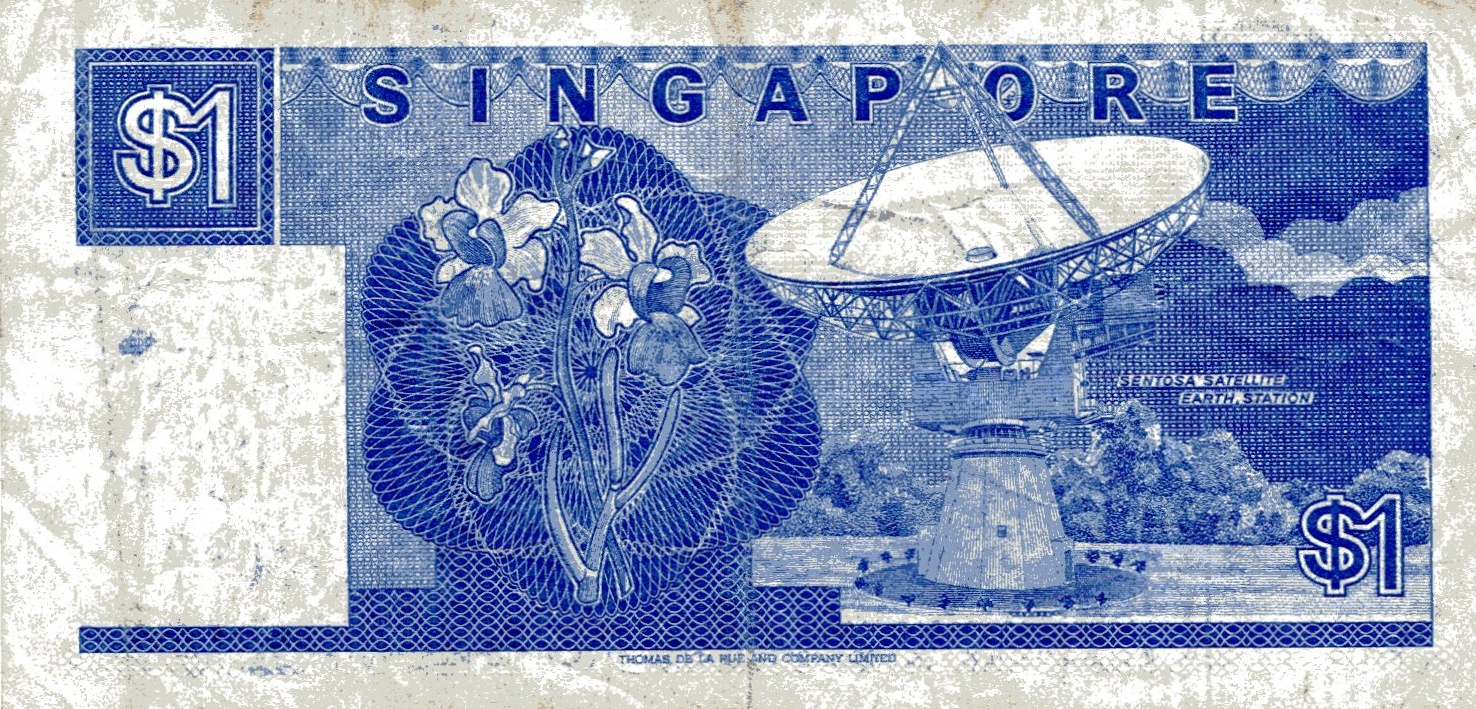
The flower is also known as the Papilionanthe Miss Joaquim, or the Singapore orchid, and apparently there is a Singaporean drag queen called Vanda Miss Joaquim, which I have to say is a pretty good name for a drag queen.
As for the Earth station on Sentosa, that was the city-state’s first one, operational since 1971. Sentosa is a two-square-mile island just off the southern shore of the main island of Singapore. Formerly a military facility – under the British and then the Singaporeans after independence – the island is better known these days for its recreation, development of which began about 50 years ago.
Back in ’92, I took a cable car over to Sentosa for a look around, though the Earth station wasn’t among the things I saw. Unlike the facility at Tidbinbilla near Canberra, I don’t think it was open to the public.
Sentosa wasn’t nearly developed then as it seems to be now.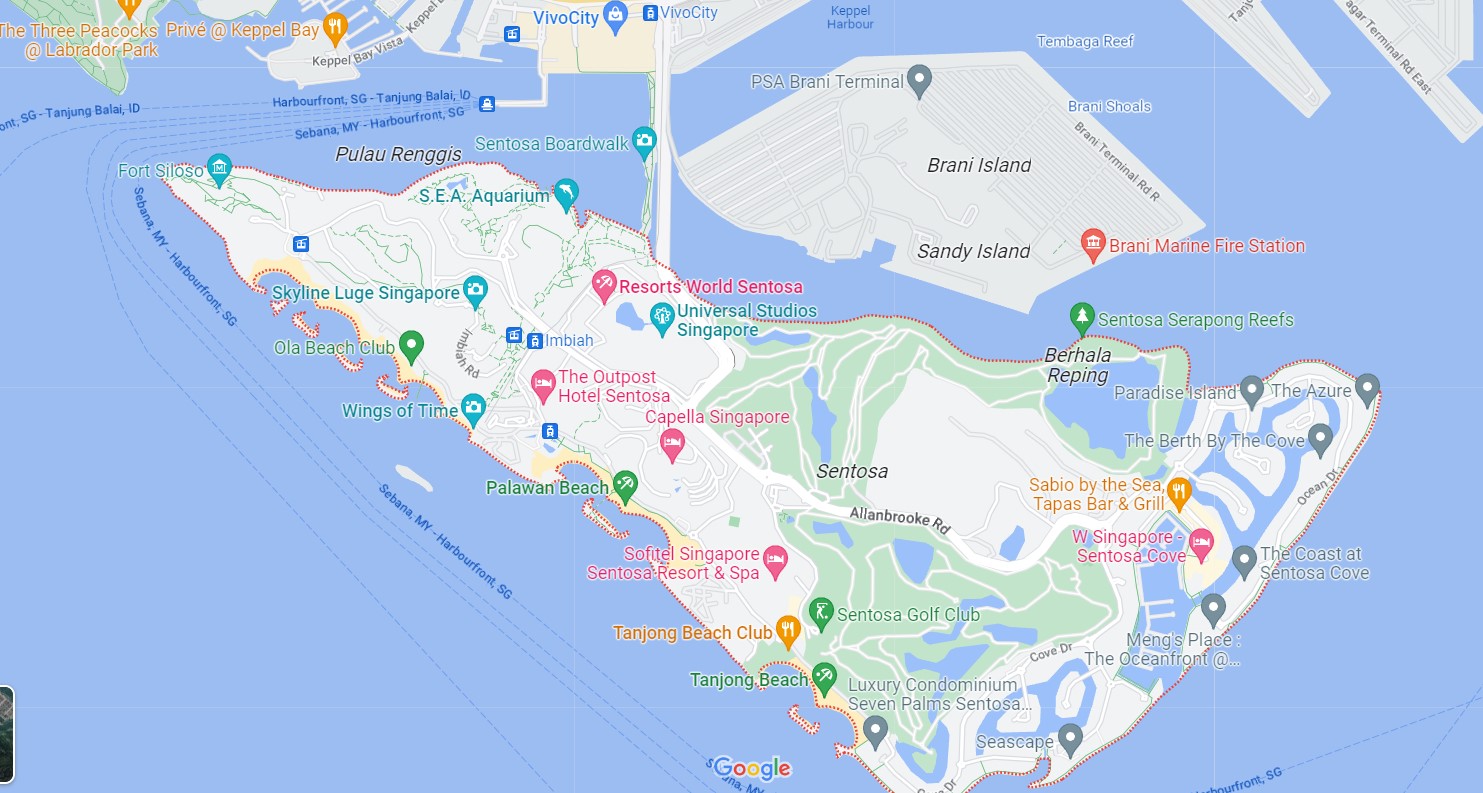
Universal Studios Singapore, for instance, didn’t open until 2010, and S.E.A. Aquarium (South East Asia Aquarium) not until 2012. Even the Sentosa Merlion wasn’t there in ’92, since it was completed three years later – and taken down in 2019.
The cable car offered nice views of the island, which isn’t really captured in my snapshots.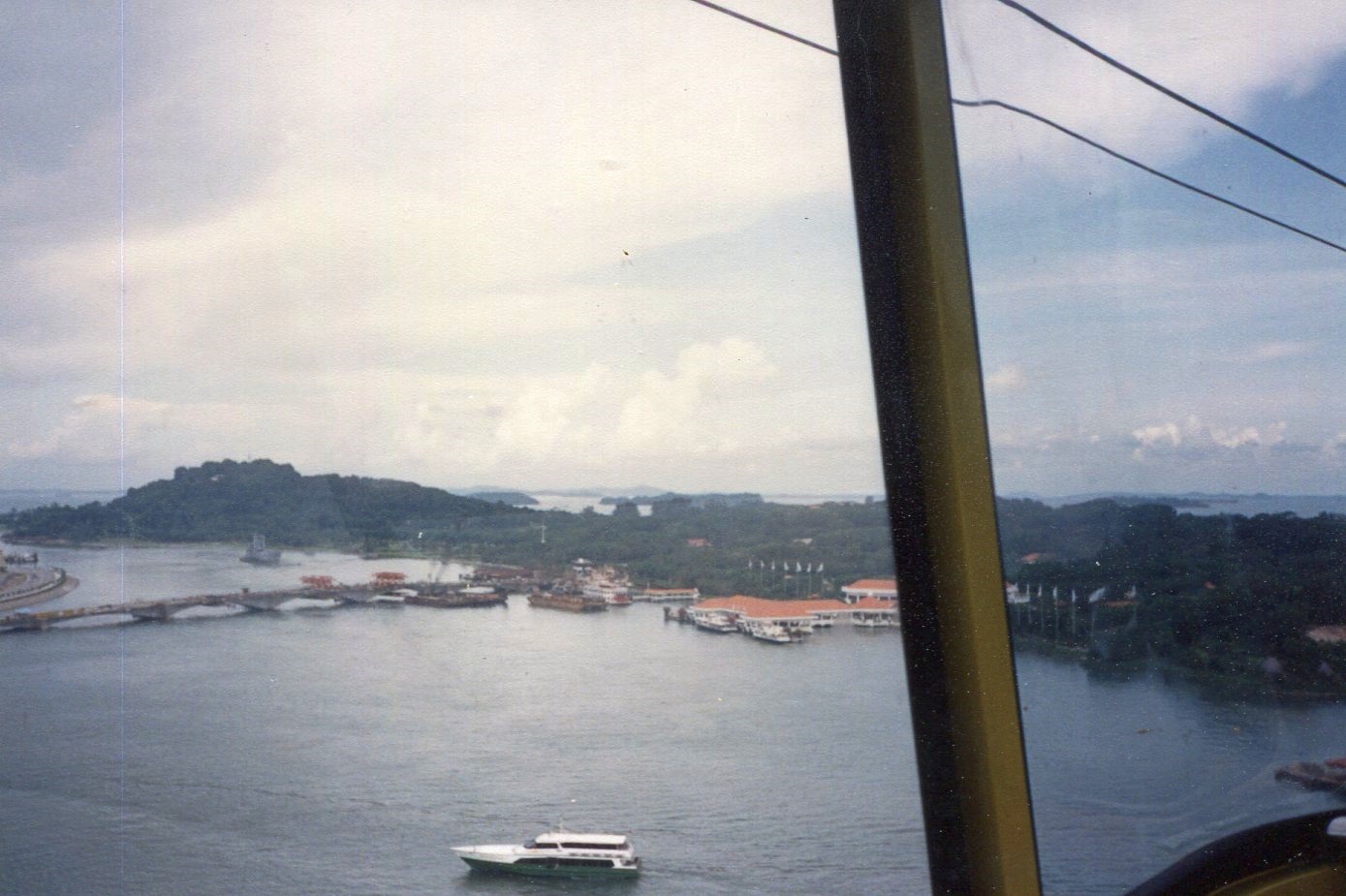
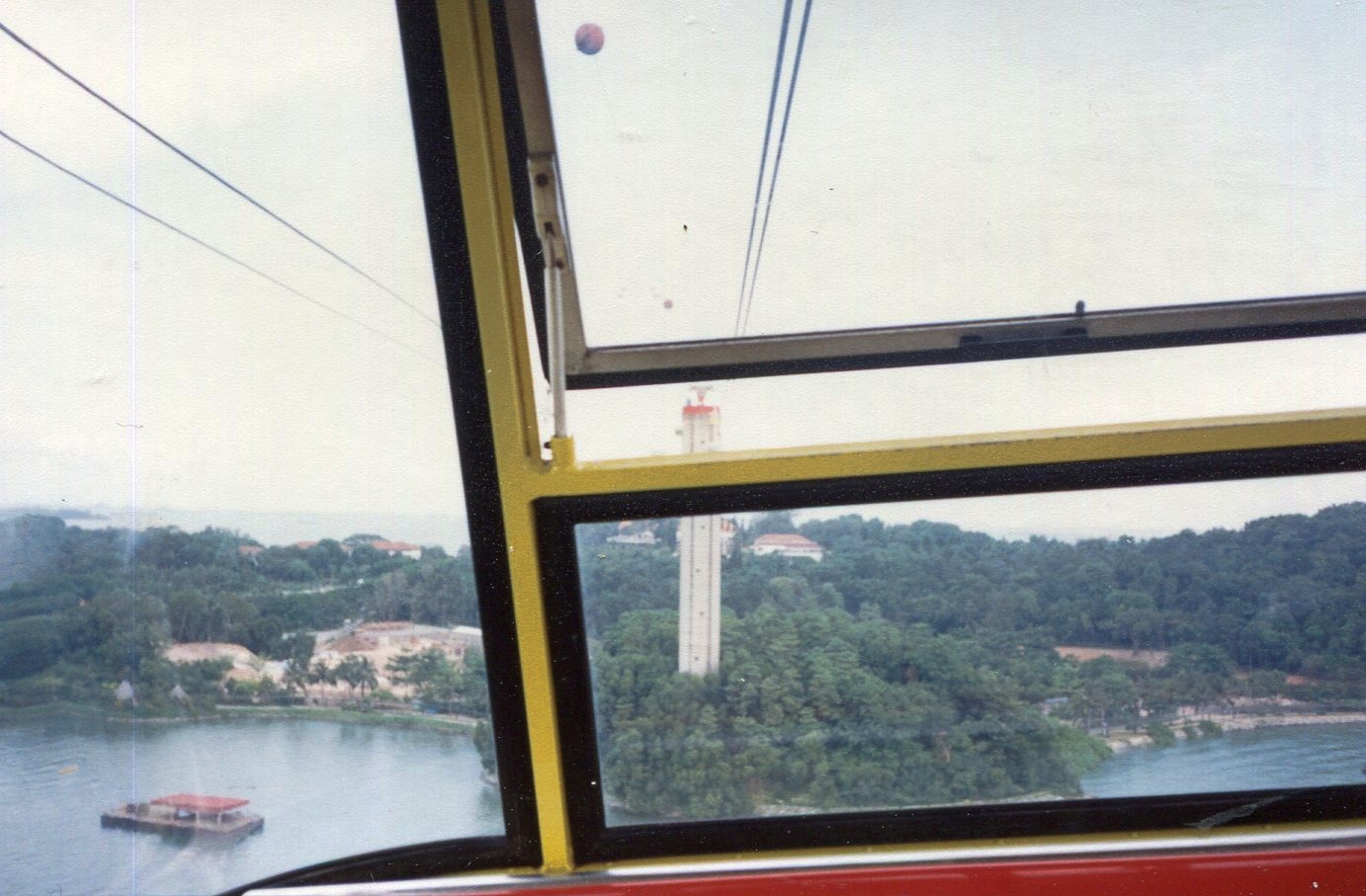
I believe this dragon-fountain was fairly near the cable car station on Sentosa, but I haven’t been able to confirm its continued existence, though this is a more recent image.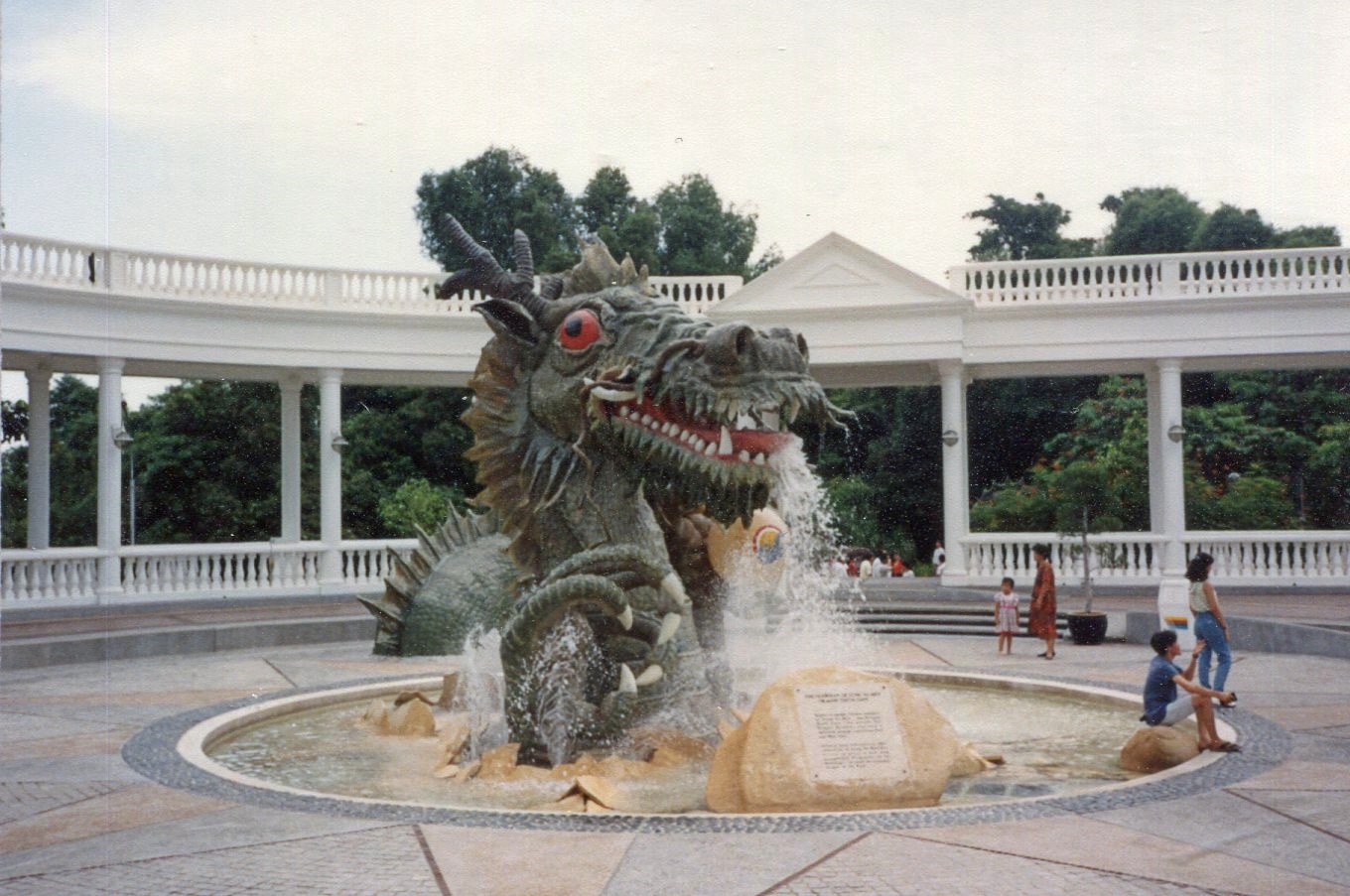
I walked over the Fort Siloso, a former coastal artillery battery.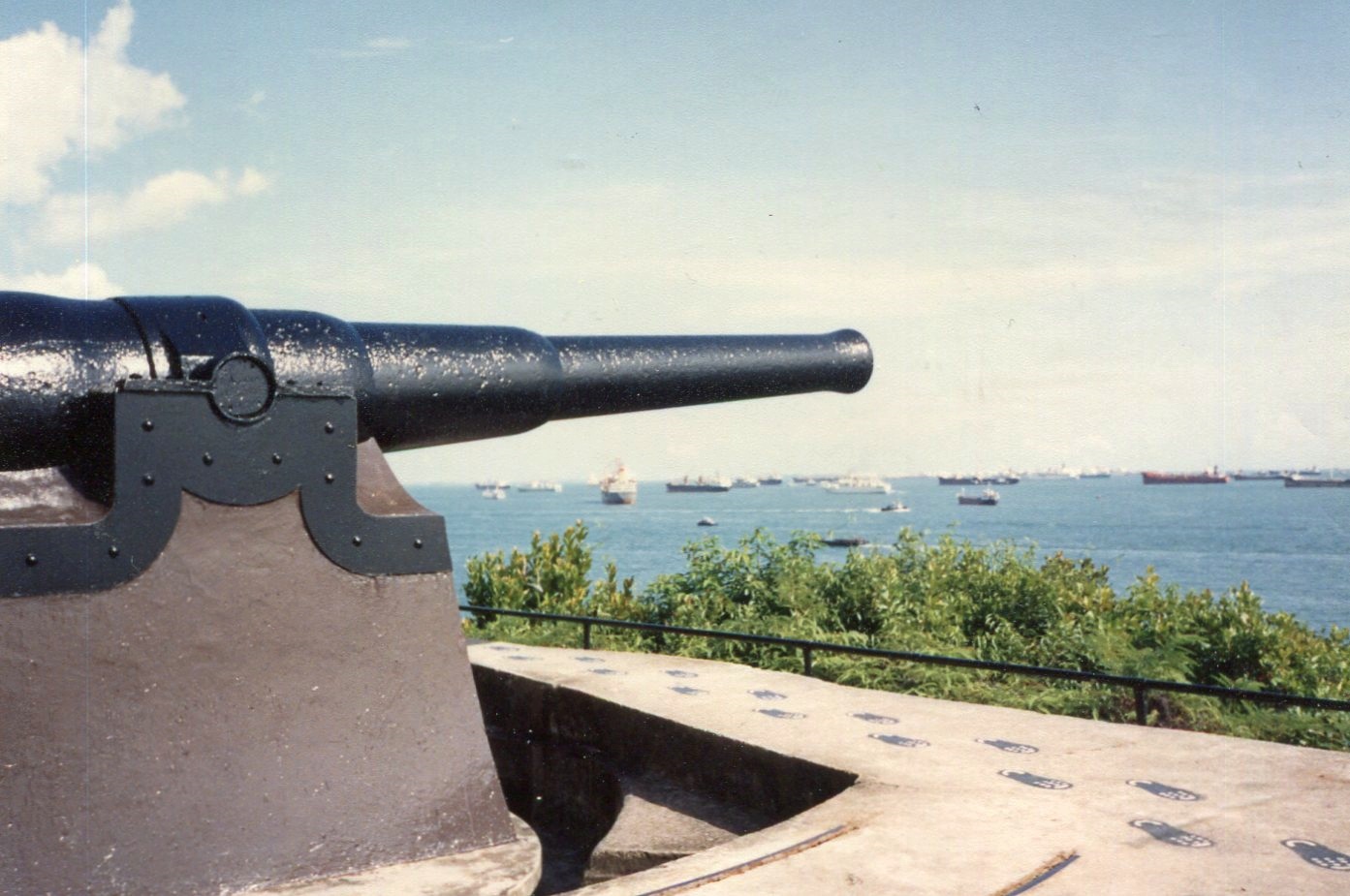
I also visited the Sentosa Wax Museum that day, mostly I believe to get out of the heat. Most of the wax figures had to do with the history of the city-state (I think), including figures showing two surrenders: the British to the Japanese in 1942 and the Japanese to the Allies in 1945. Not something you’re likely to see anywhere else.
There’s a Madame Tussauds on the island now, so I suspect the old wax museum was replaced by it. The current wax museum’s web site says the place has an “Images of Singapore” exhibit, but I suspect the real action is at the “Marvel Universe 4D” and the “Ultimate Film Star Experience,” and the “K-Wave” zone. Exactly something you’re likely to see somewhere else.
Obviously I haven’t been Madame Tussauds Singapore, but I did pay money, entirely too many pounds sterling, to see the one in London. The place wrote the book on tourist traps. That isn’t to say that wax museums can’t be interesting; the one included in the admission to Tivoli Gardens in Copenhagen was charming indeed, even a little surreal sometimes, such as the setup in which wax Einstein was playing chess with wax Hitler.


